Iran is a country rich in cultural heritage and historical significance, boasting a remarkable collection of UNESCO World Heritage Sites. These sites are a testament to Iran’s ancient civilizations, architectural marvels, and diverse natural landscapes. In this visual tour, we will explore a selection of Iran’s UNESCO World Heritage Sites, delving into their historical importance, architectural splendor, and cultural significance. From ancient ruins and grand mosques to breathtaking gardens and awe-inspiring palaces, each site offers a unique glimpse into Iran’s past and its enduring legacy. Here are some well-known UNESCO World Heritage Sites in Iran.
Persepolis
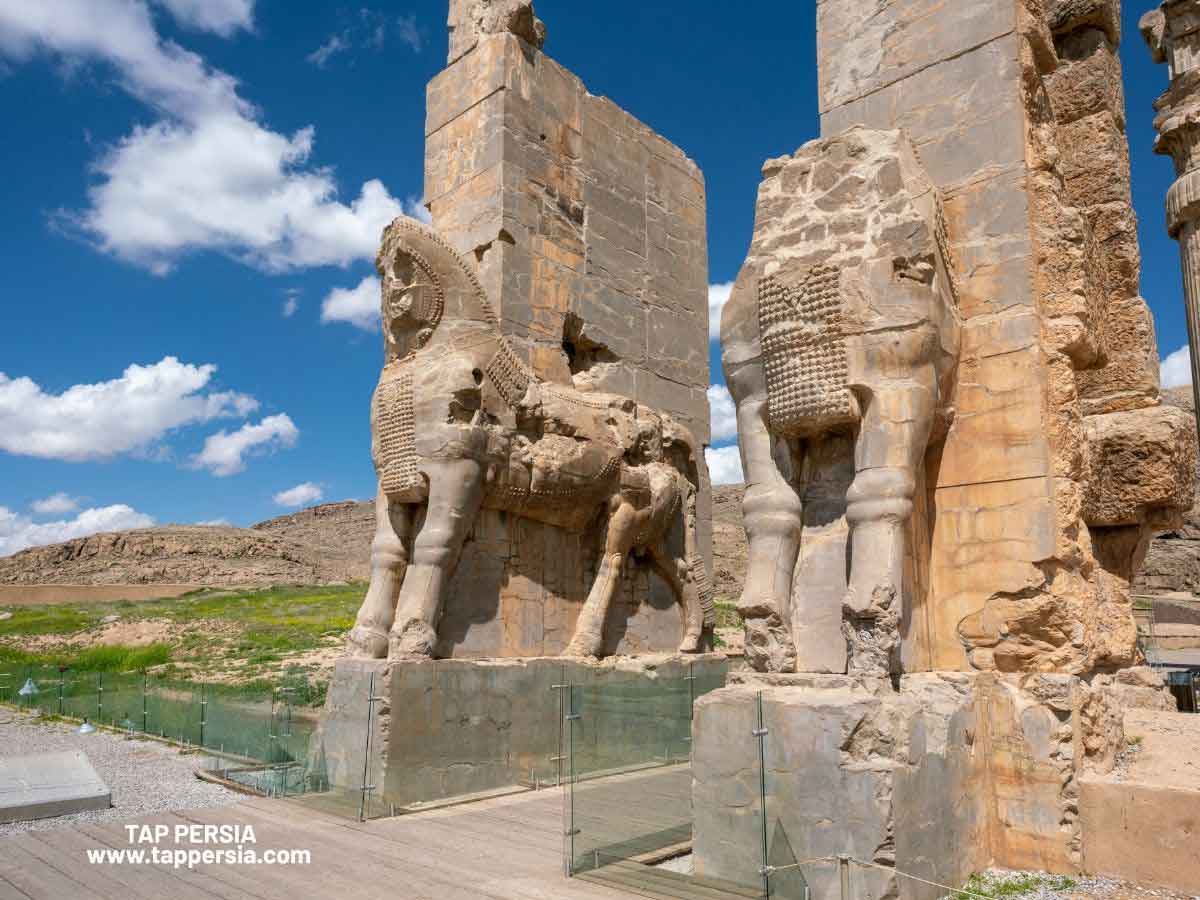
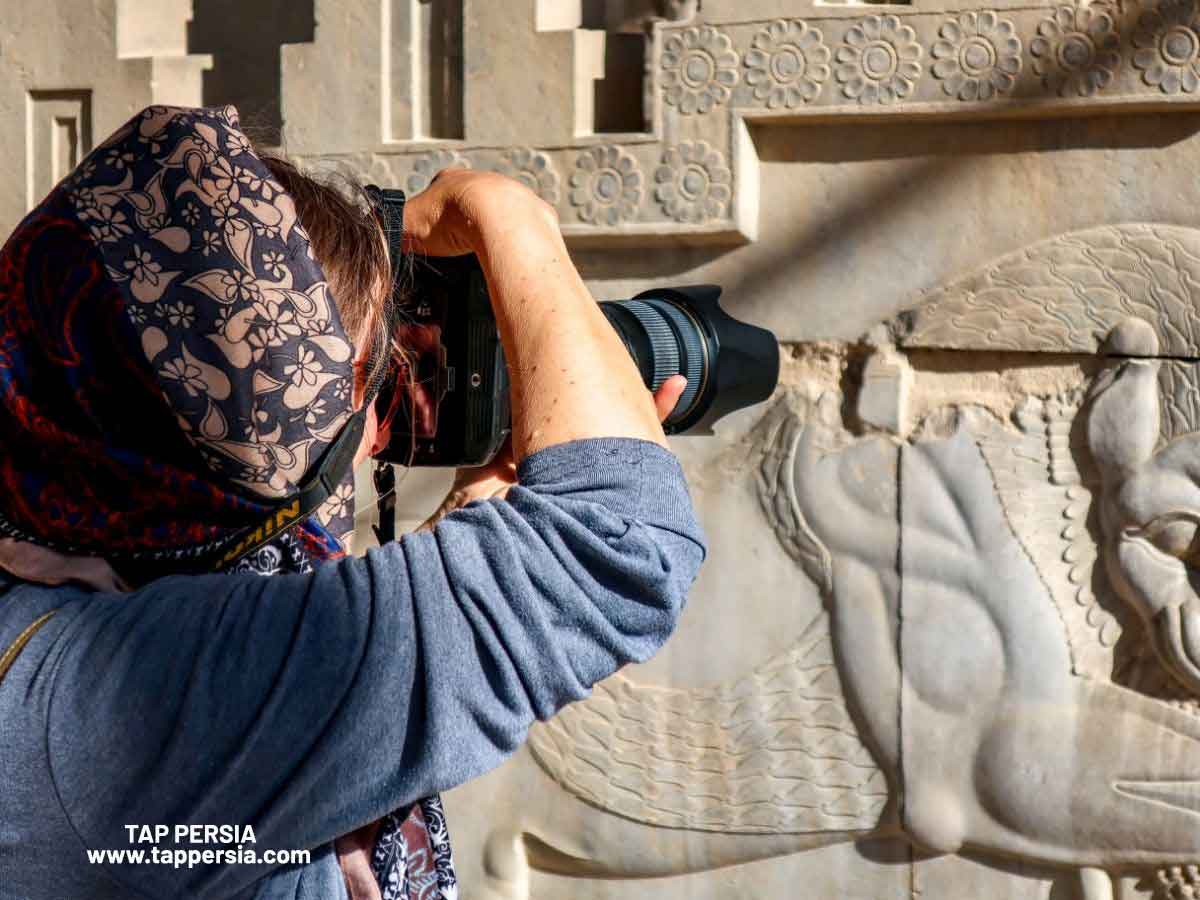
One of Iran’s most famous UNESCO World Heritage Sites is Persepolis, located in Shiraz, Iran.
- Explore the enigmatic Achaemenid Empire capital that is tucked very close to Shiraz.
- Discover the mysteries of Persepolis, a monument to the might and majesty of the Persians.
- Explore the vast complex and be astounded by the stunning remains.
- Be in awe of the grand stairs, each one whispering stories of ceremonial rituals from long ago.
- Take in the finely carved reliefs, which bring historical artwork to life.
- Gaze in astonishment at the massive columns, which are towering examples of exquisite architectural design.
Pasargadae
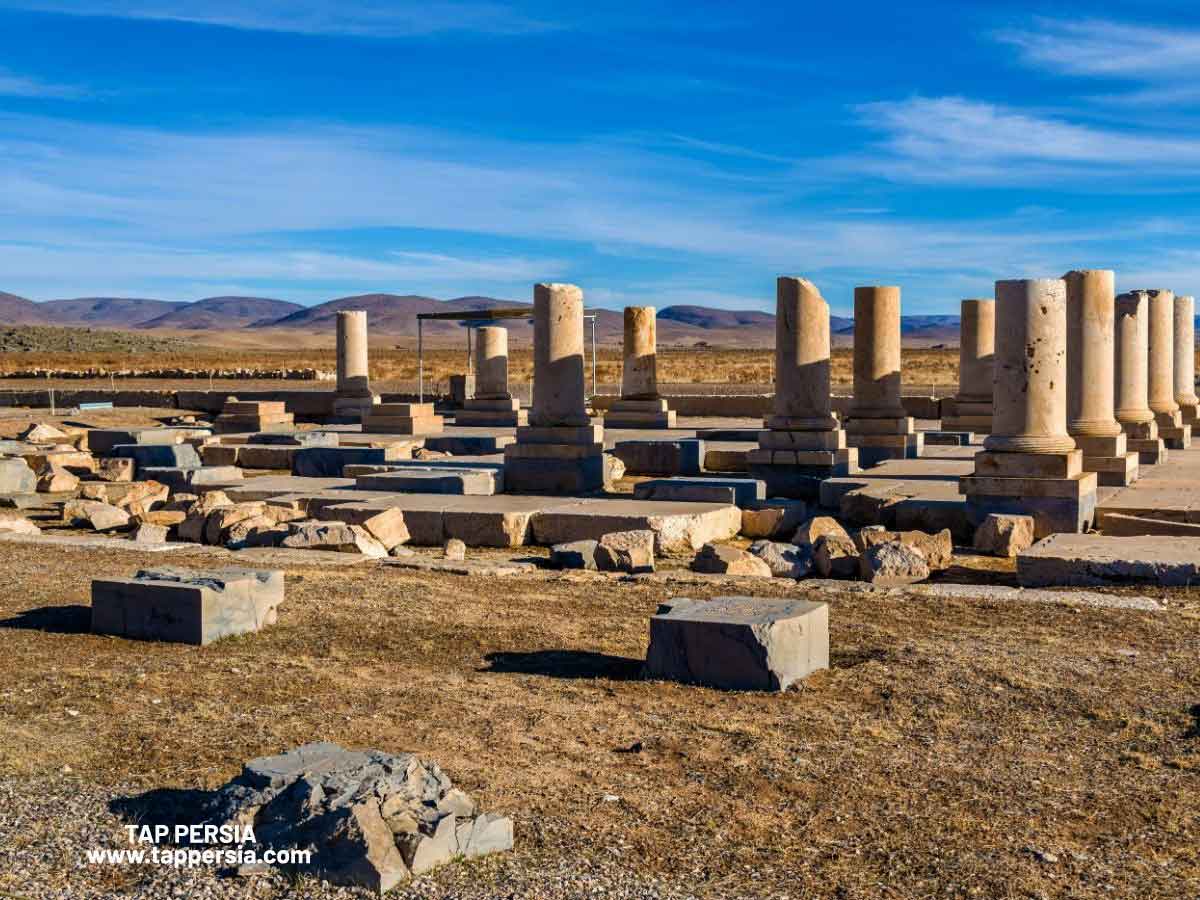
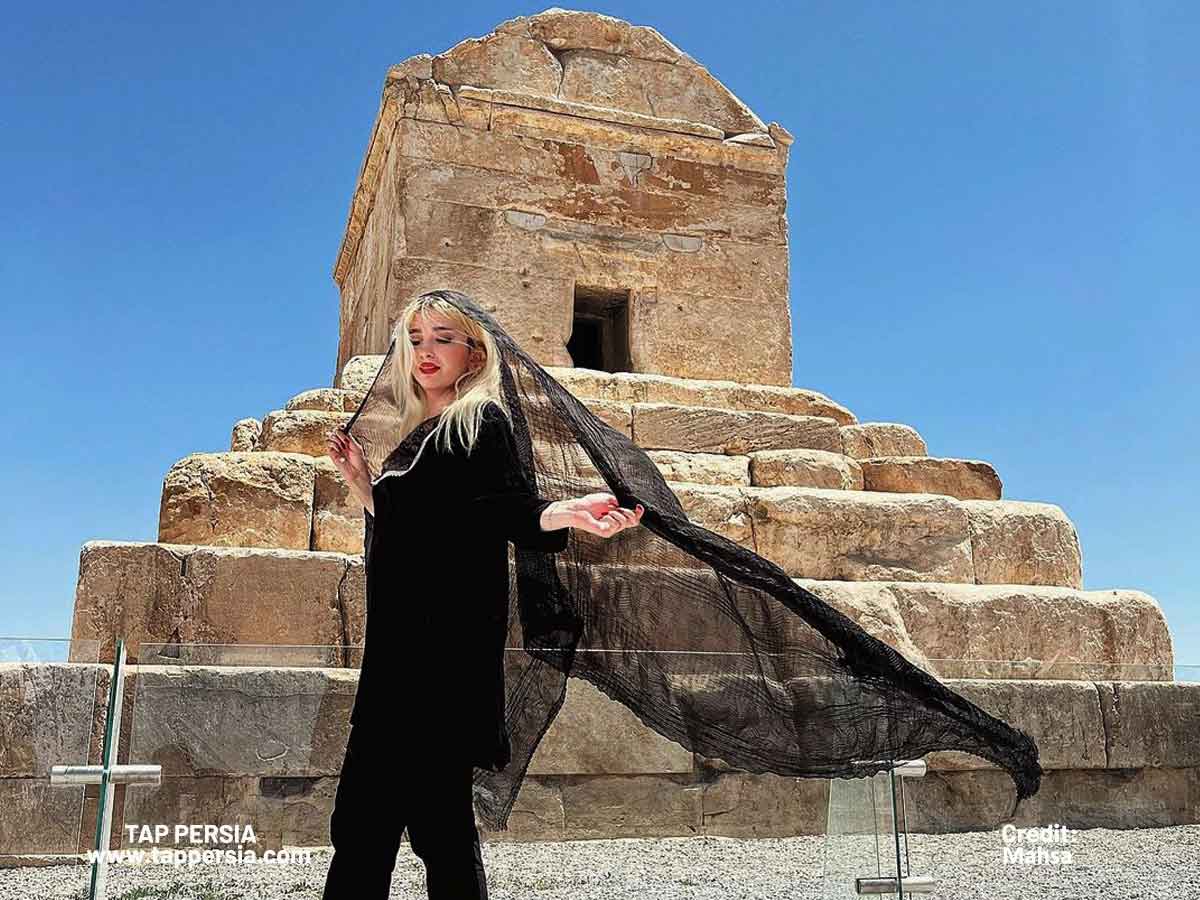
As we continue on our journey, we reach Pasargadae, another UNESCO World Heritage Site in Shiraz, Iran, and the cradle of the Achaemenid Empire.
- Uncover the final resting place of Cyrus the Great, the founder of the Persian Empire.
- Stand in awe of the majestic Mausoleum, a testament to the legacy of an empire.
- Explore the remnants of the Audience Hall, where ancient rulers once held court.
- Step through the Gate of All Nations and immerse yourself in the grandeur of the past.
- For history aficionados, Pasargadae is an essential destination, offering architectural integrity and profound historical relevance.
- Embark on a journey through time and witness the enduring impact of an ancient civilization.
Bisotun
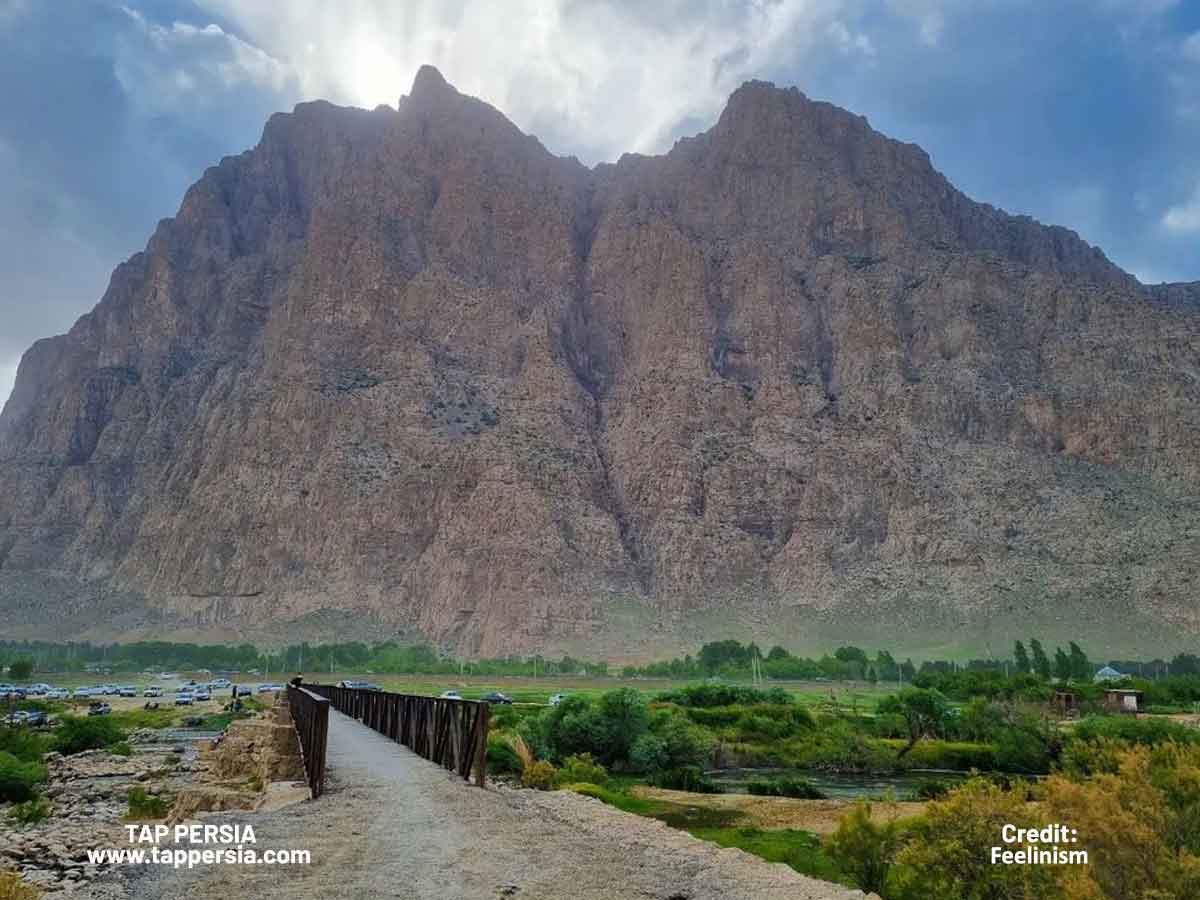
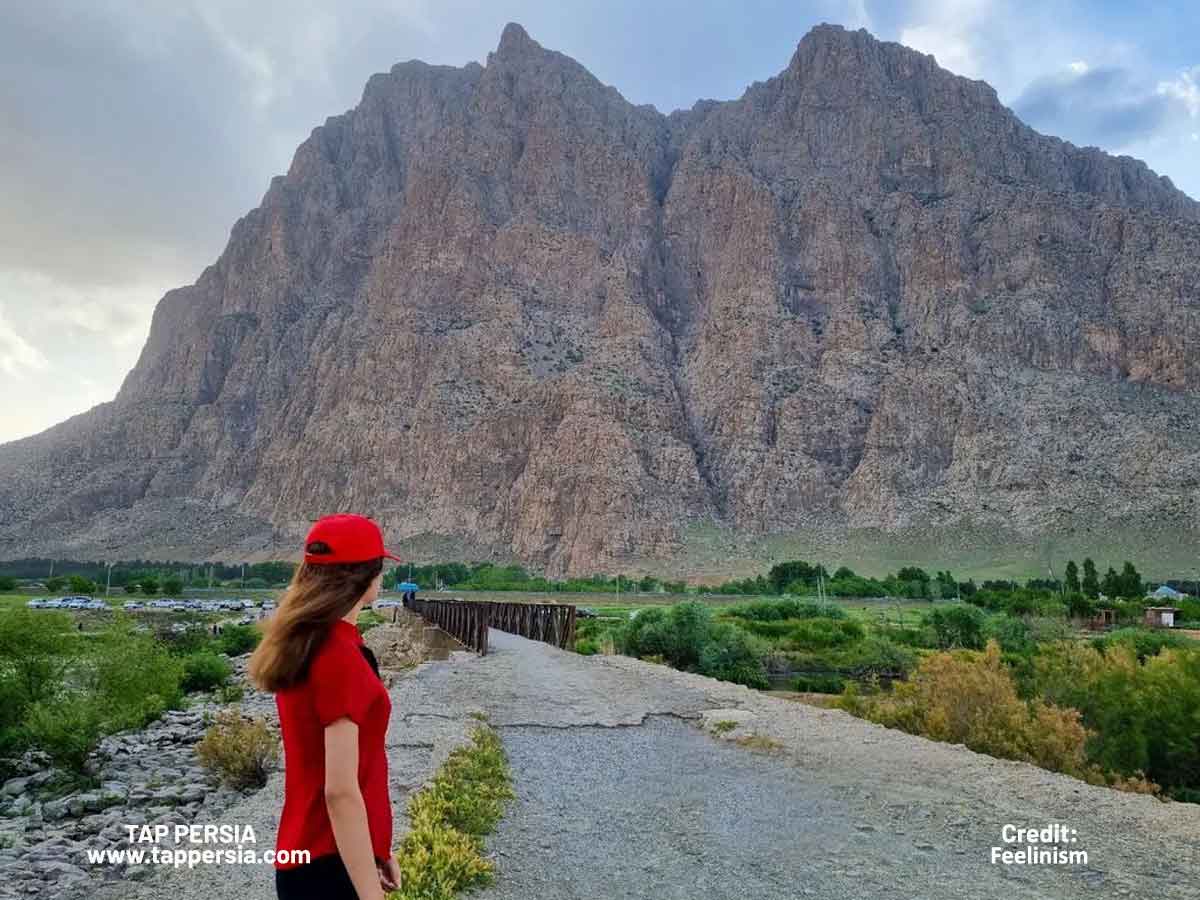
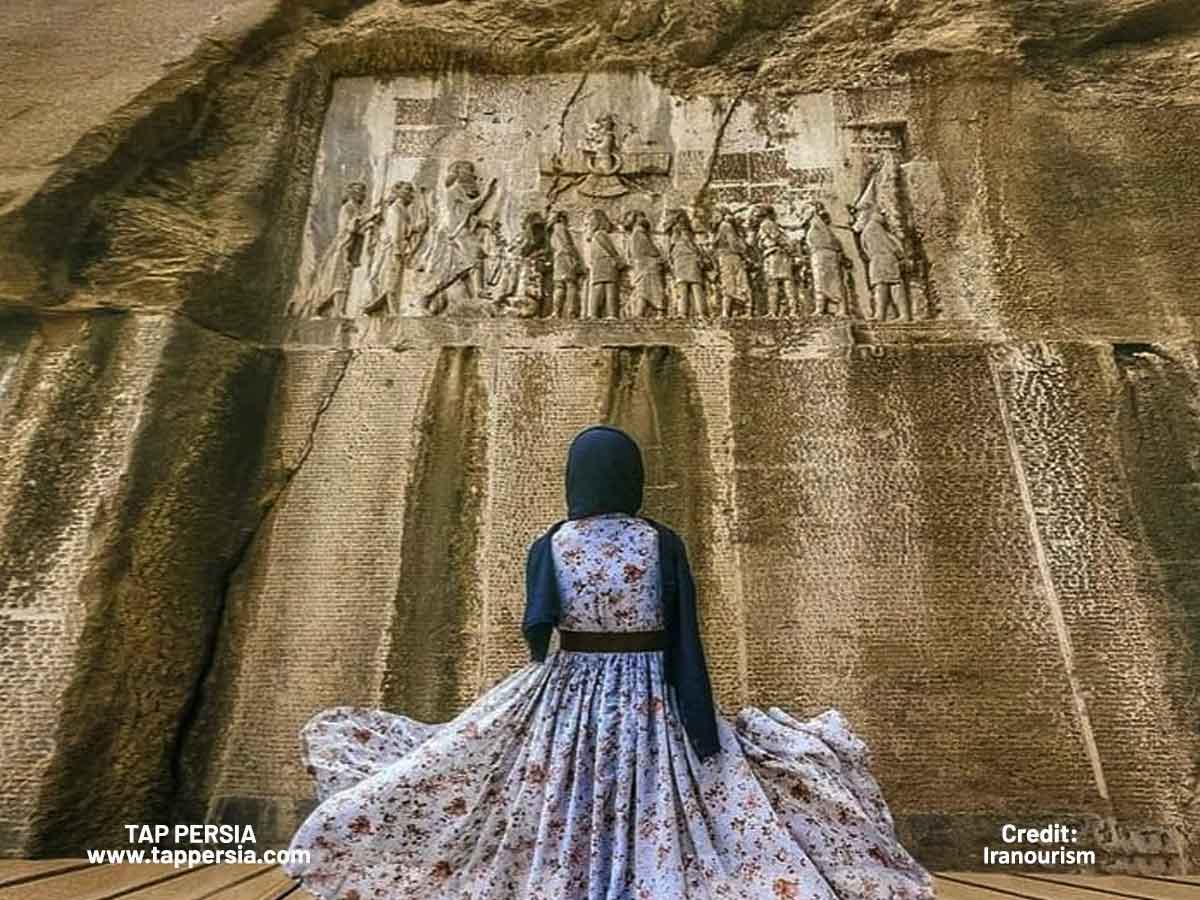
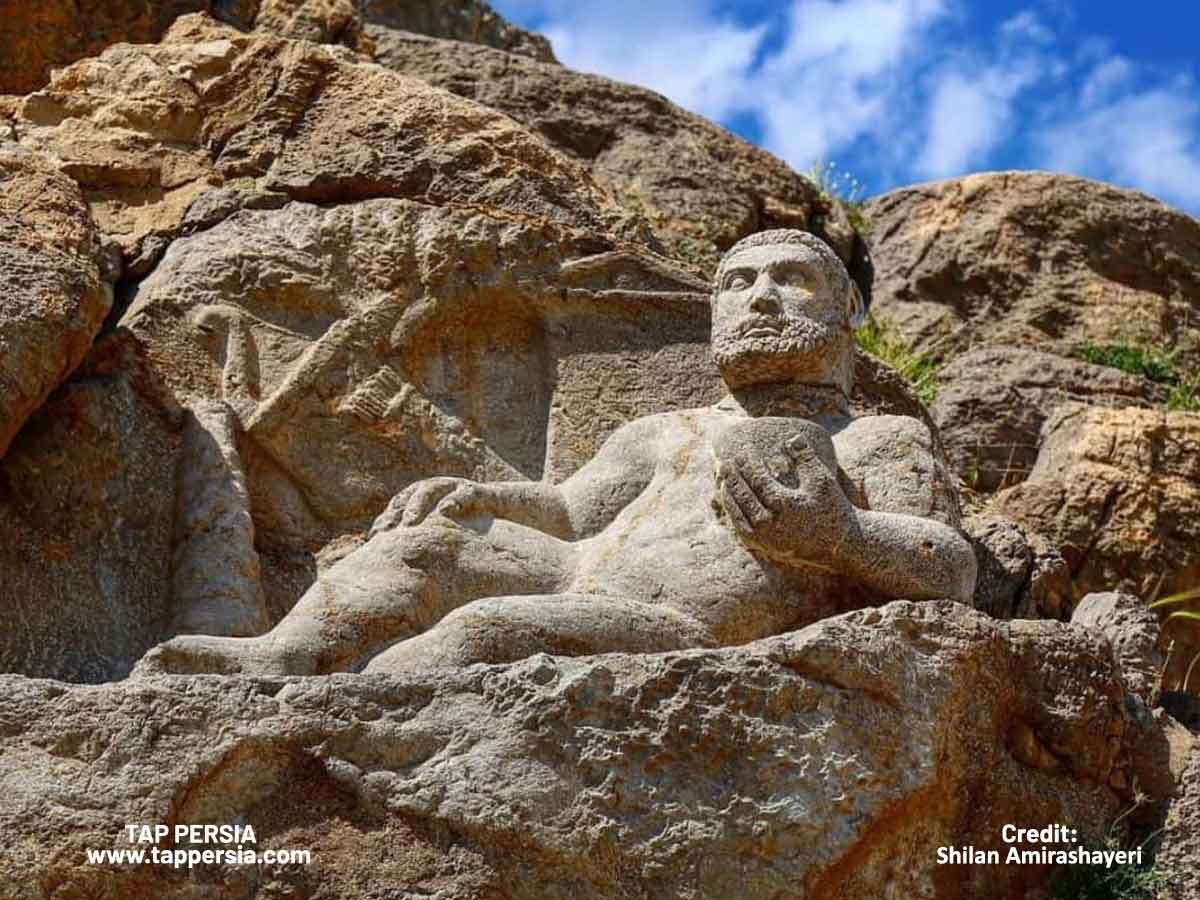
Iran’s Bisotun is a remarkable UNESCO World Heritage Site that is situated in the country’s western region.
- Uncover the secrets of an enormous rock sculpture that holds the echoes of the Achaemenid period.
- Witness captivating images of King Darius I and scenes depicting his triumph over rebellious tribes.
- Delve into the inscriptions etched onto the rock, revealing crucial historical details of the mighty Achaemenid Empire.
- Encounter a linguistic tapestry as the inscriptions feature Old Persian, Elamite, and Babylonian languages.
- Explore Bisotun, not only as a work of art but also as a significant archaeological site that unveils the politics and history of ancient Persia.
Shahr-e Sokhteh
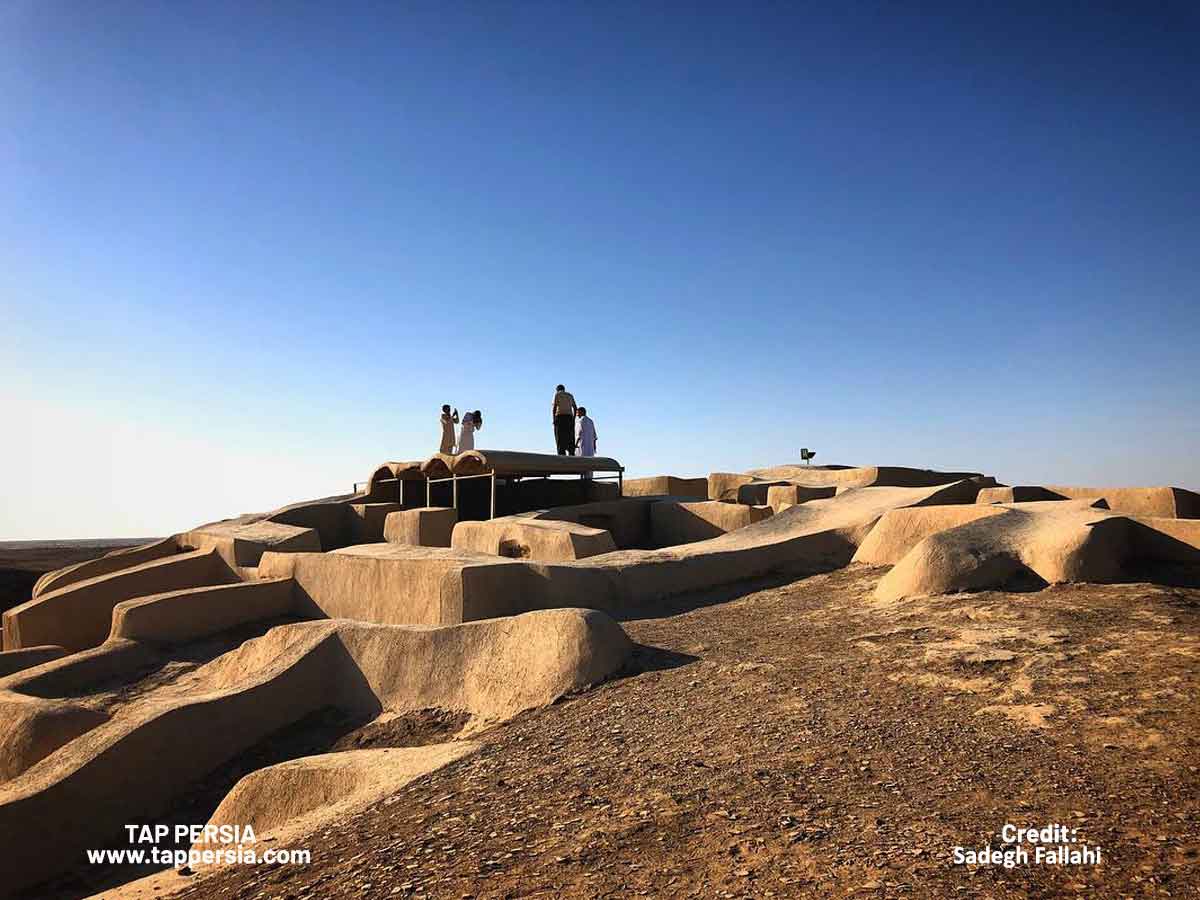
The historic city of Shahr-e Sokhteh, also known as the “Burnt City”, is located in southeast Iran.
- Uncover the secrets of an ancient city that has stood the test of time and become a UNESCO World Heritage Site.
- Journey back to the third millennium BCE and witness the urban life of one of the oldest civilizations in existence.
- Explore the remarkable archaeological excavations at Shahr-e Sokhteh, offering valuable insights into the social, economic and technological advancements of the time.
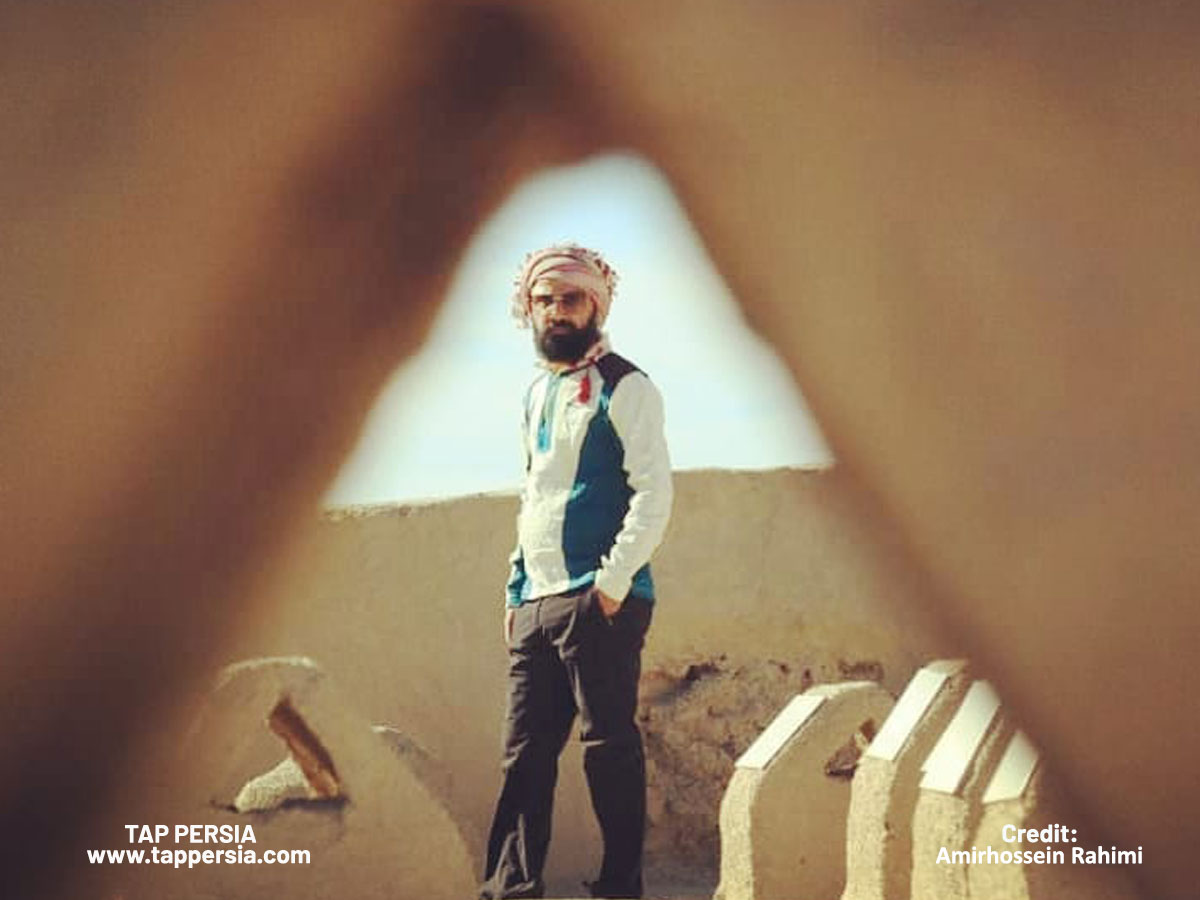
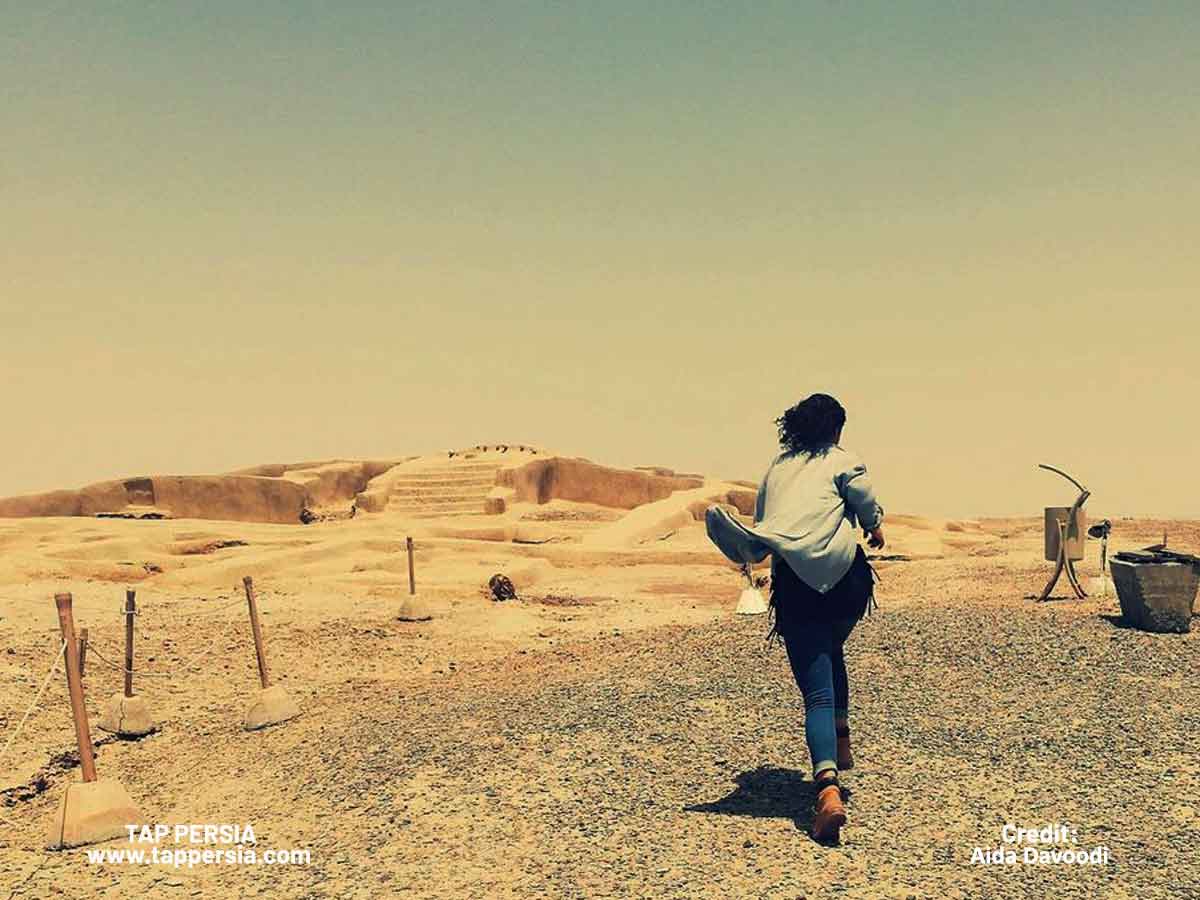
- Marvel at the discovery of ancient treasures, from sophisticated jewelry to intricately crafted pottery, revealing the artistic prowess of prehistoric residents.
- Prepare to be amazed by the most astonishing find—a glimpse into ancient medical practices with the discovery of the earliest known artificial eyeball.
- Delve into the mysteries of this ancient city and gain a deeper understanding of the remarkable achievements and daily lives of its inhabitants.
Bam and its Cultural Landscape
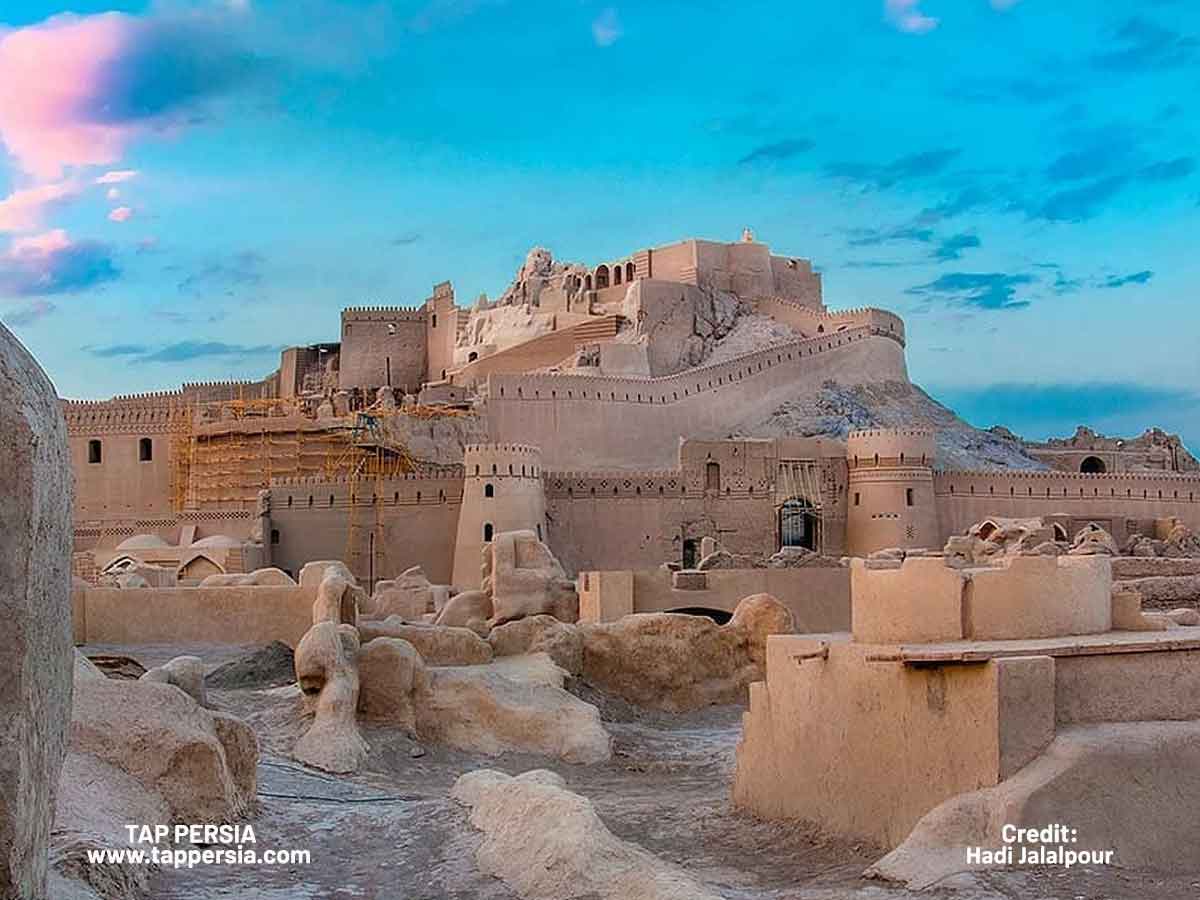
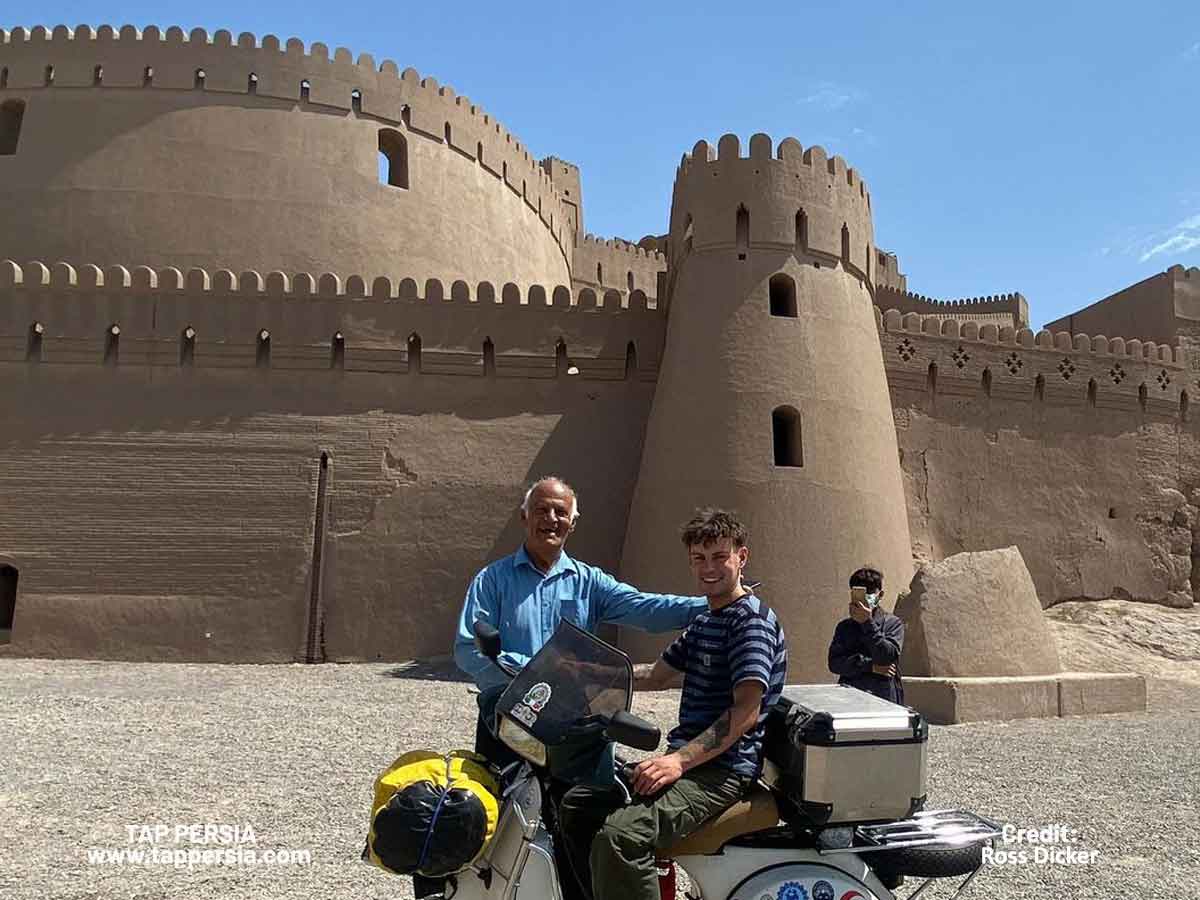
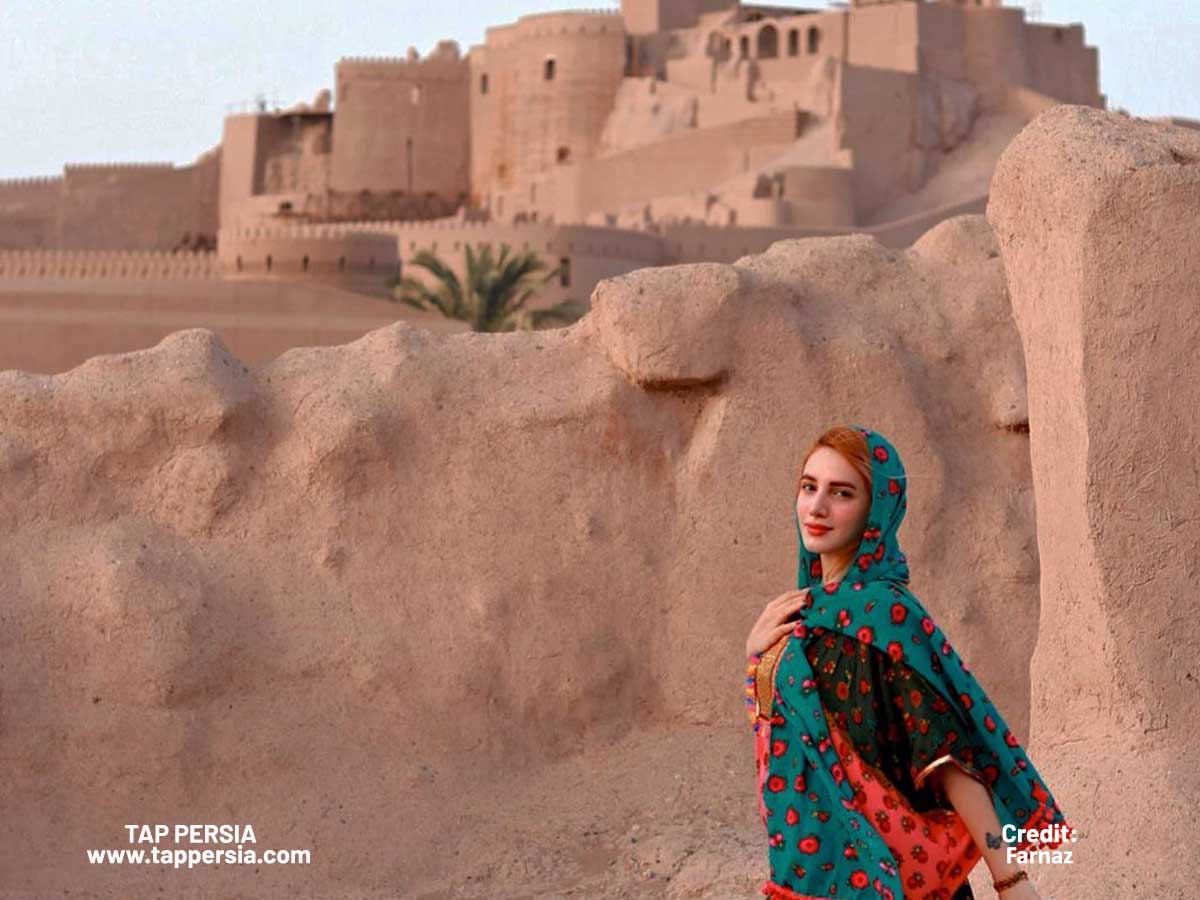
In Iran’s historic city of Bam and its Cultural Landscape, a UNESCO World Heritage Site, we come upon it as we move east.
- At Bam, discover the unique coexistence of human settlement with the natural environment.
- Learn more about the approximately 2,000-year-old walled city’s mysteries.
- As you see the mud-brick dwellings and walls, be amazed by the inventiveness of its designers.
- Recognize Bam’s importance as a thriving Silk Road commercial center.
- Explore the remarkable nexus of trade, architecture and culture in this mysterious city.
Gonbad-e Qabus

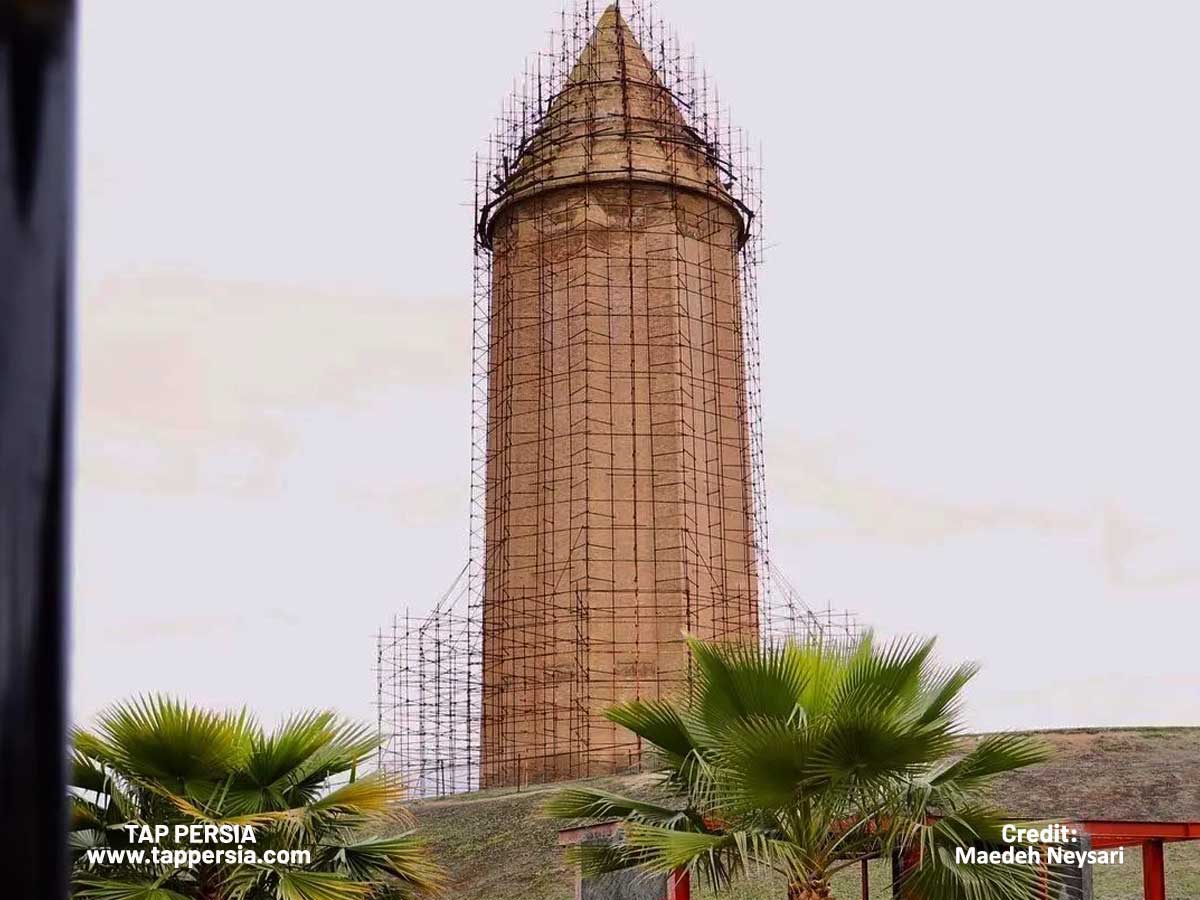
Venturing north, we encounter the striking Gonbad-e Qabus, a UNESCO World Heritage Site located in the Golestan province, Iran.
- Behold the awe-inspiring sight of a towering cylindrical tower, a true masterpiece of Iranian architecture.
- Journey back in time to the 11th century and witness the enduring legacy of skilled craftsmen.
- Marvel at the intricate brickwork that adorns the structure, a testament to the artistry of the era.
- Get lost in the mesmerizing geometric patterns that adorn every corner, reflecting the region’s rich cultural heritage.
- Decipher the ancient Kufic inscriptions that tell tales of a bygone era and add an air of mystery to the masterpiece.
- Prepare to be captivated by the symphony of art and history woven into this architectural gem.
Choghazanbil Ziggurat
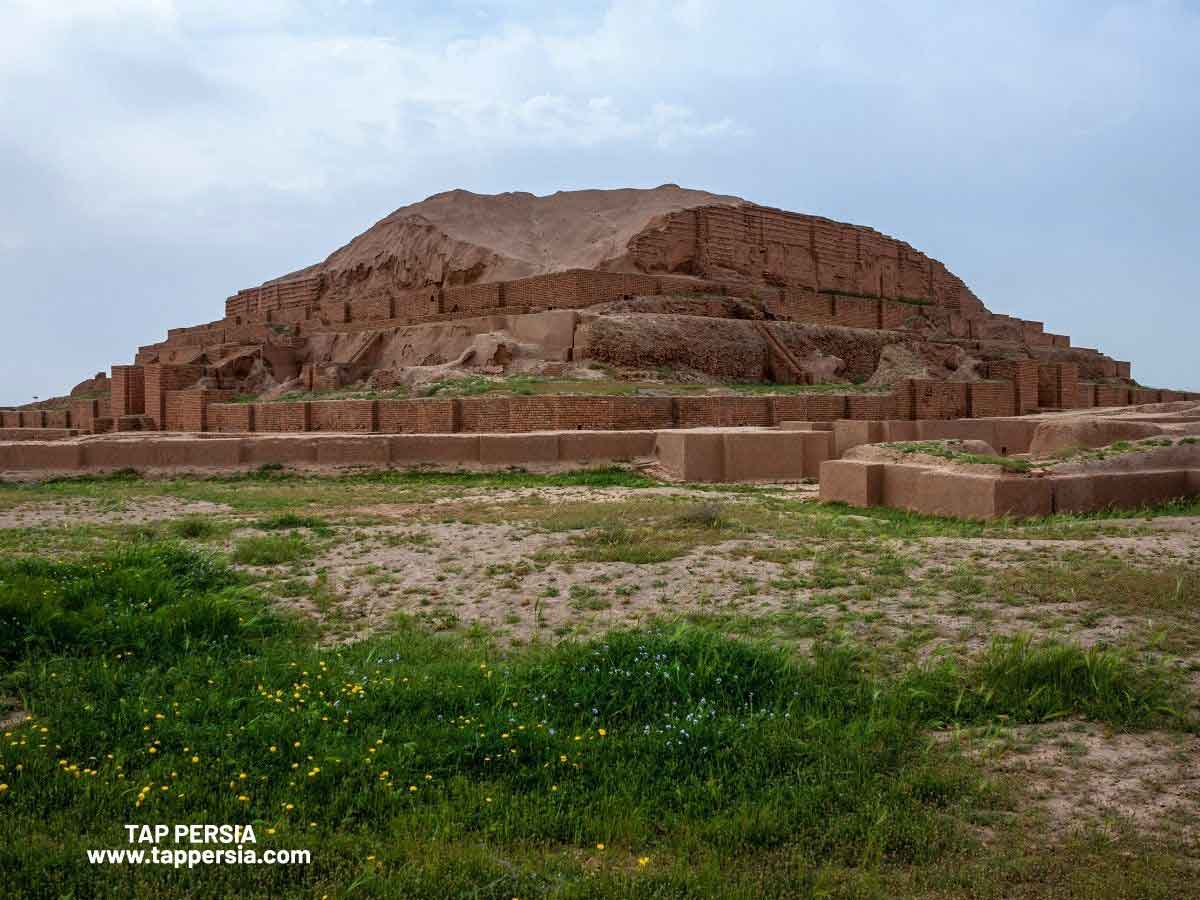
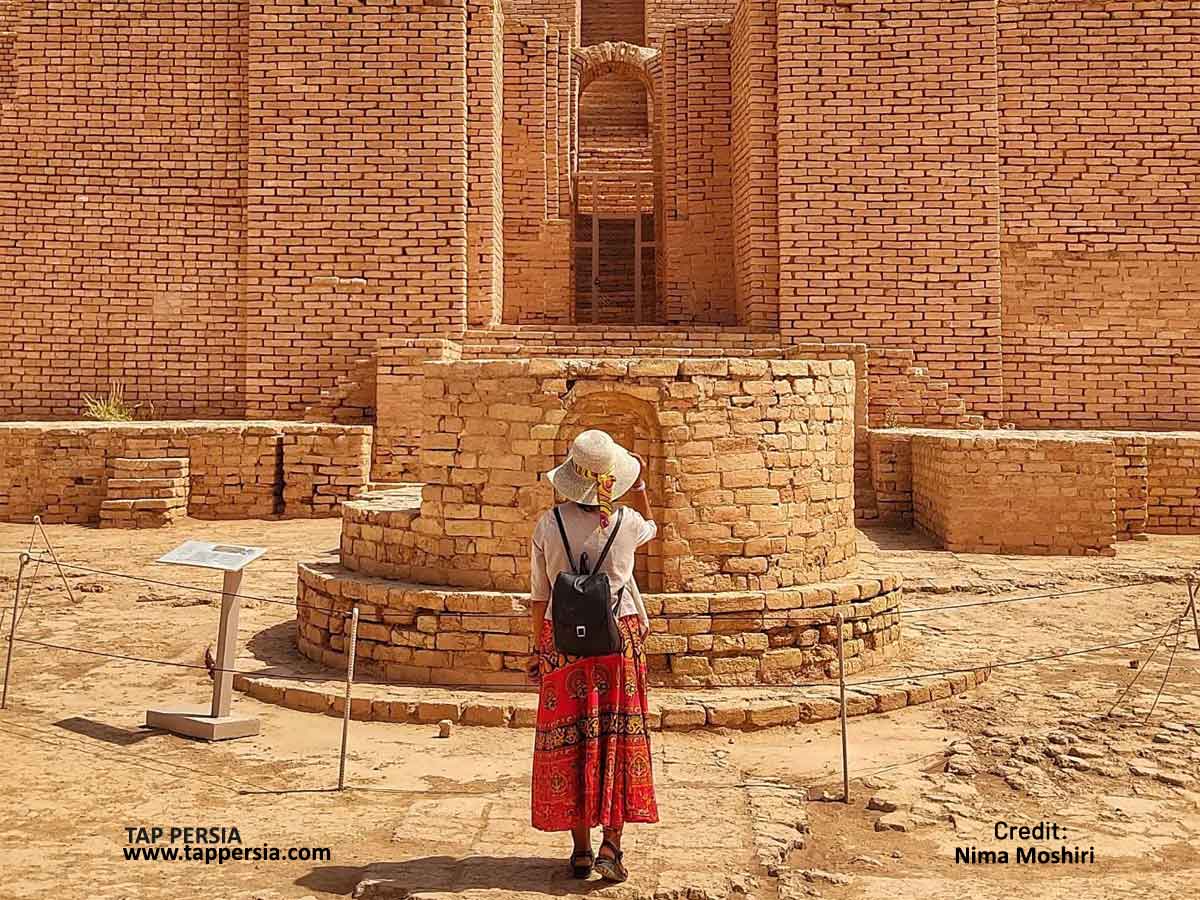
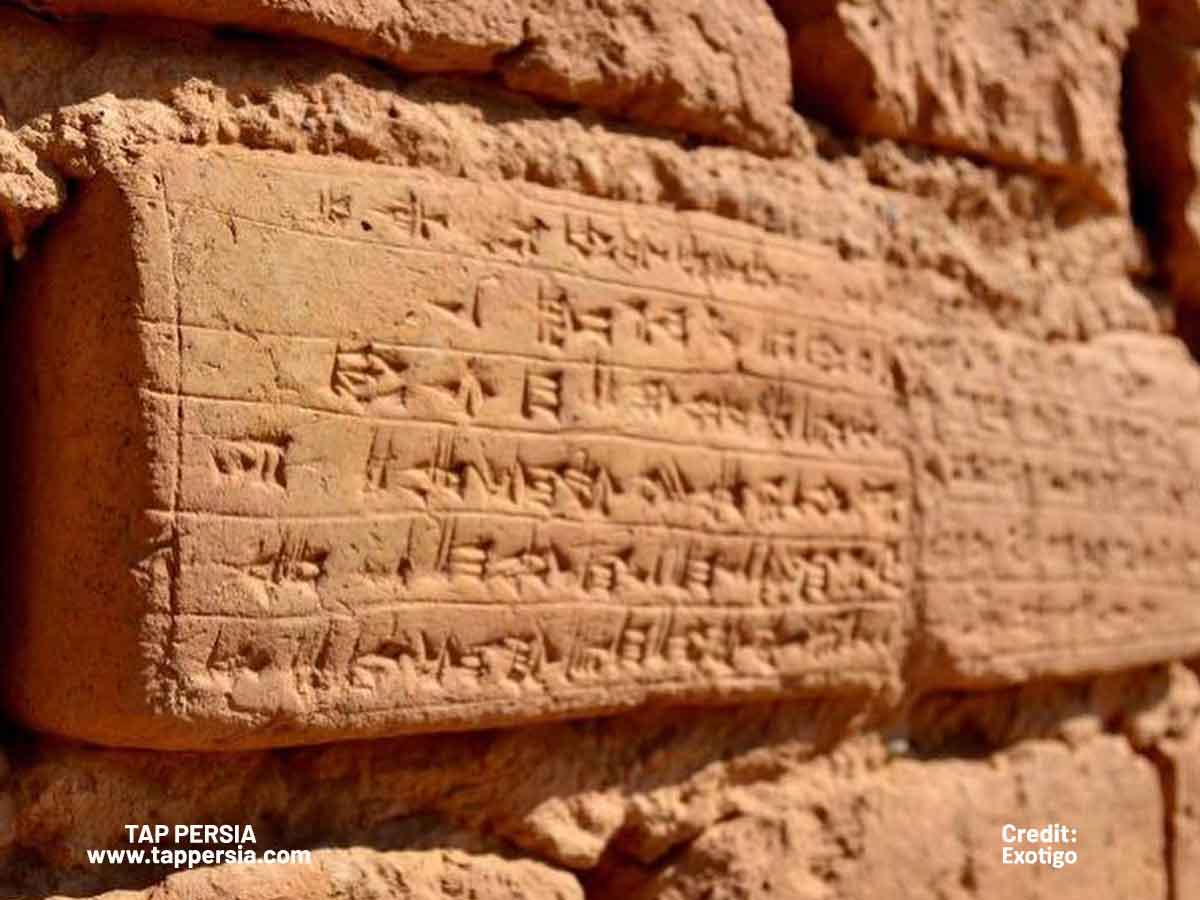
The Choghzanbil ziggurat is a remarkable architectural wonder located in the Khuzestan province of Iran.
- Step into the ancient world as you explore a UNESCO World Heritage Site that dates back to the Elamite period, over 3,000 years ago.
- Behold the awe-inspiring sight of one of the oldest surviving ziggurats in the world, rising proudly from the landscape.
- Marvel at the stepped pyramid structure with its three main levels, culminating in a sacred temple at its summit.
- Uncover the secrets of intricate mud-brick construction, a testament to the architectural prowess of the ancient Elamite civilization.
- Explore the religious significance of the site, offering a window into the spiritual practices of an ancient era.
Lut Desert
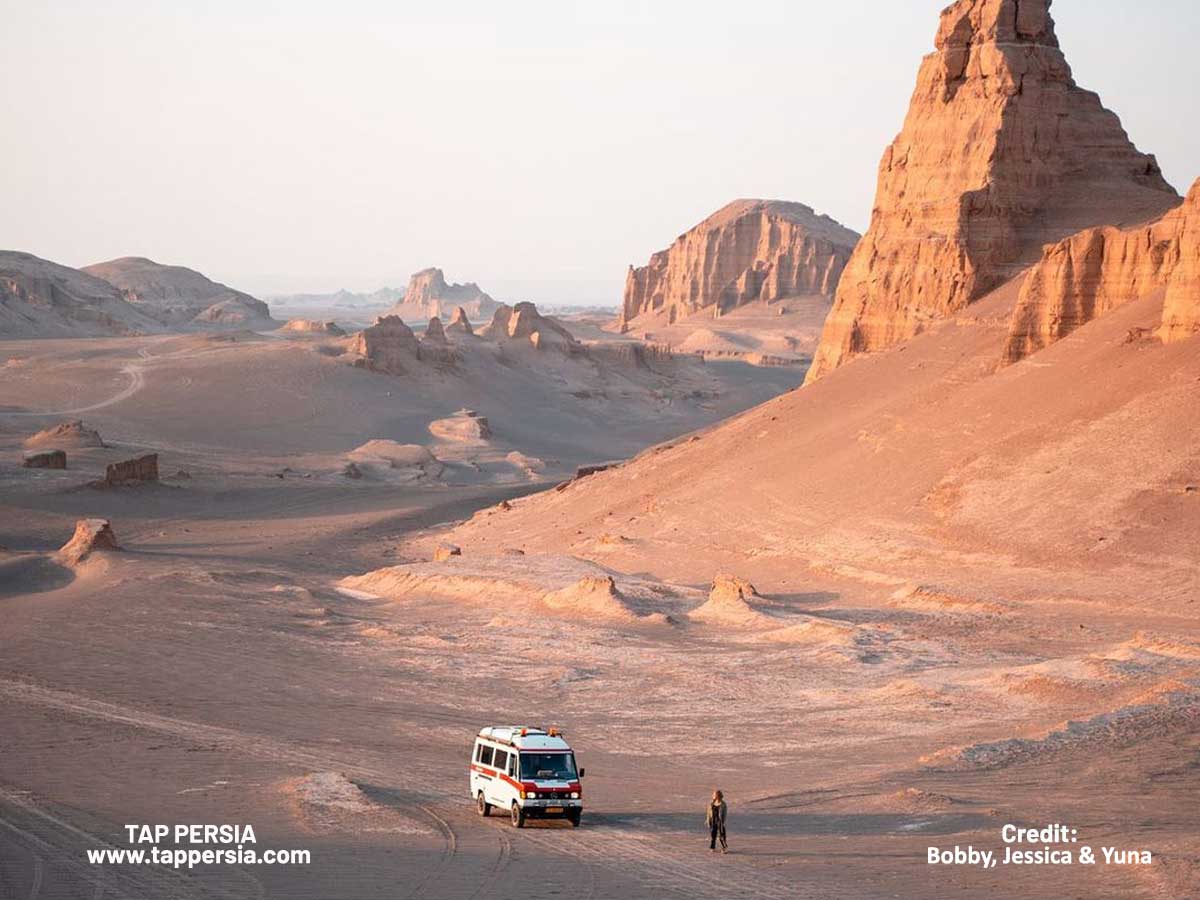
As we move towards the southeast, we come across the captivating Lut Desert, which is recognized as a UNESCO World Heritage Site for its surreal scenery.
- Experience the awe-inspiring beauty of an enormous desert, where nature’s artistic hand has shaped the landscape over countless millennia.
- Behold the mesmerizing sight of huge sand dunes, salt plains and the captivating Yardangs—naturally carved ridges and canyons—unveiling the desert’s geological wonders.
- Venture into one of the hottest regions on Earth, the Lut Desert, where the extreme temperatures bear witness to the immense natural forces at play.
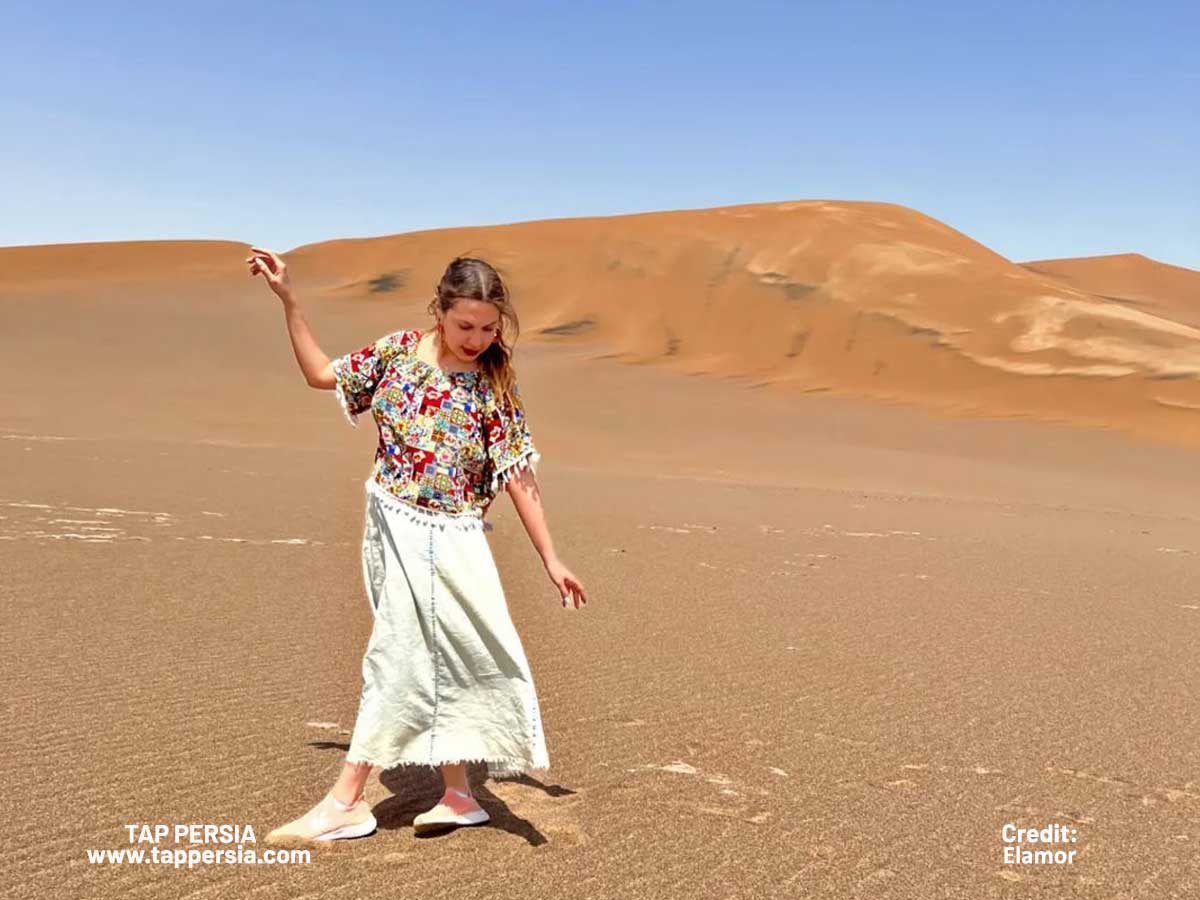
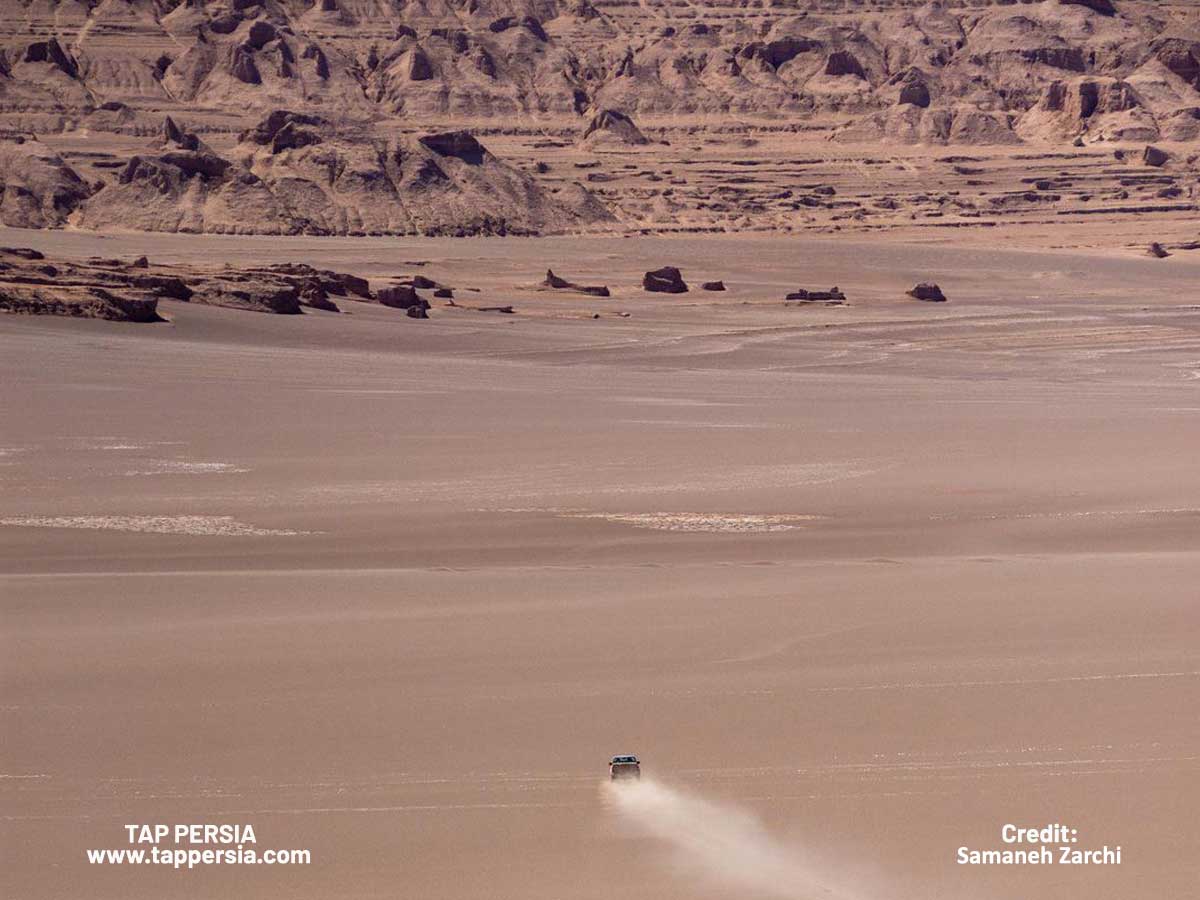
- Embark on a journey through time as you witness the evidence of millions of years of geological sculpting, providing a glimpse into the Earth’s ancient history.
- Explore the solitude and grandeur of this untamed desert, offering a rare opportunity to witness the raw and untouched beauty of Iran’s natural landscapes.
- Prepare to be captivated by the vastness and serenity of the Lut Desert, a true testament to the extraordinary power of nature.
Cultural Landscape of Maymand
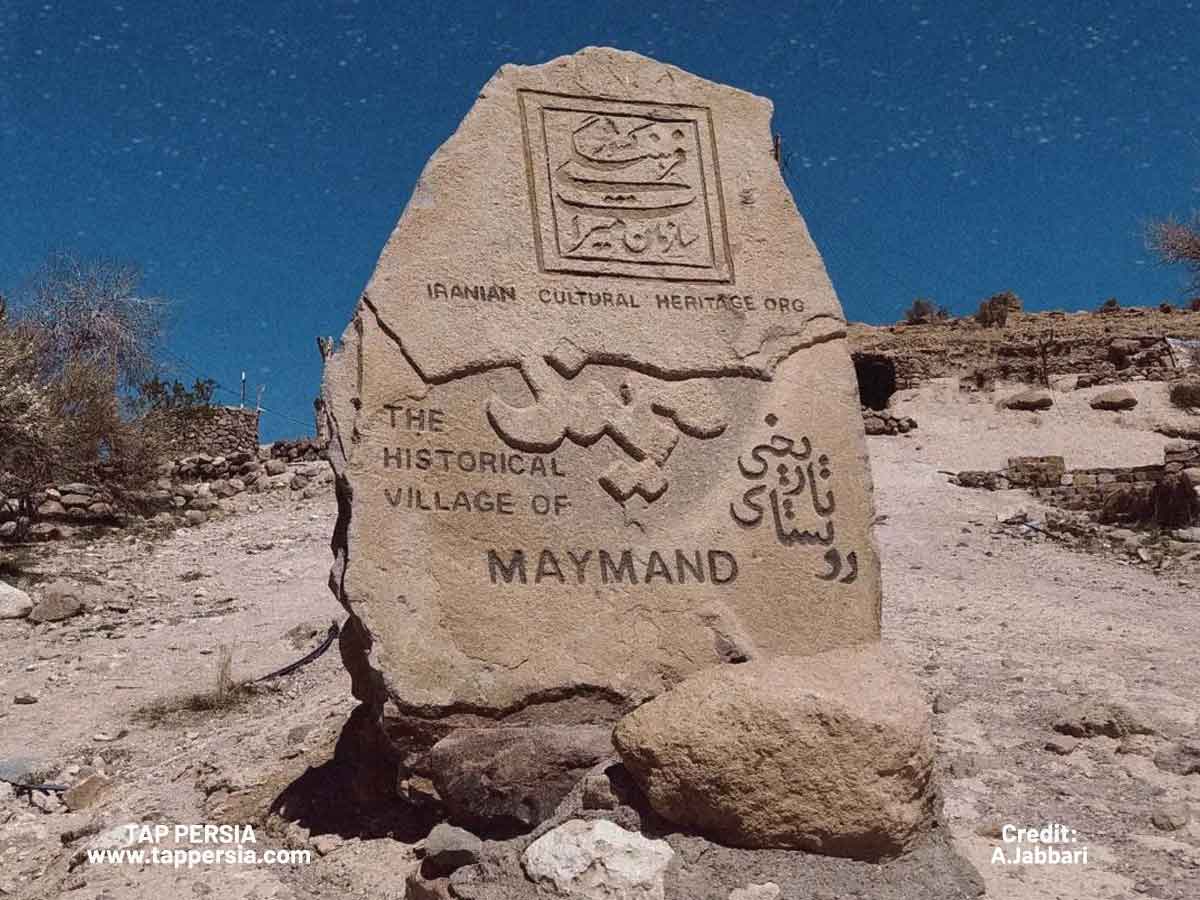
Iran’s Kerman region is home to the distinctive UNESCO World Heritage Site known as the Cultural Landscape of Maymand.
- Embark on a journey through time as you explore a long-inhabited ancient settlement that has stood for over 2,000 years.
- Discover the remarkable cave shelters of Maymand, carved into soft rock formations, serving as homes for generations.
- Witness the close bond between people and their environment, as reflected in these traditional homes that provide both shelter and a testament to sustainable living.
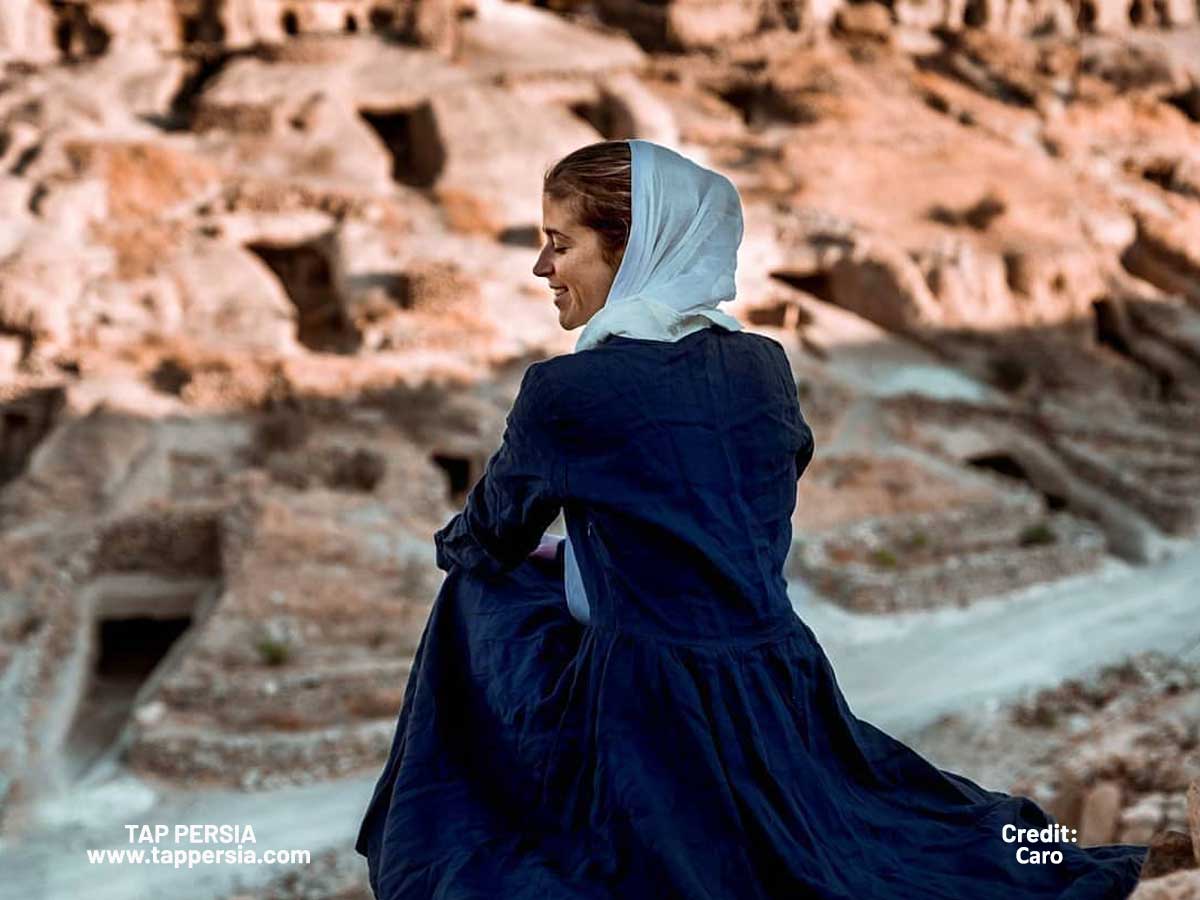
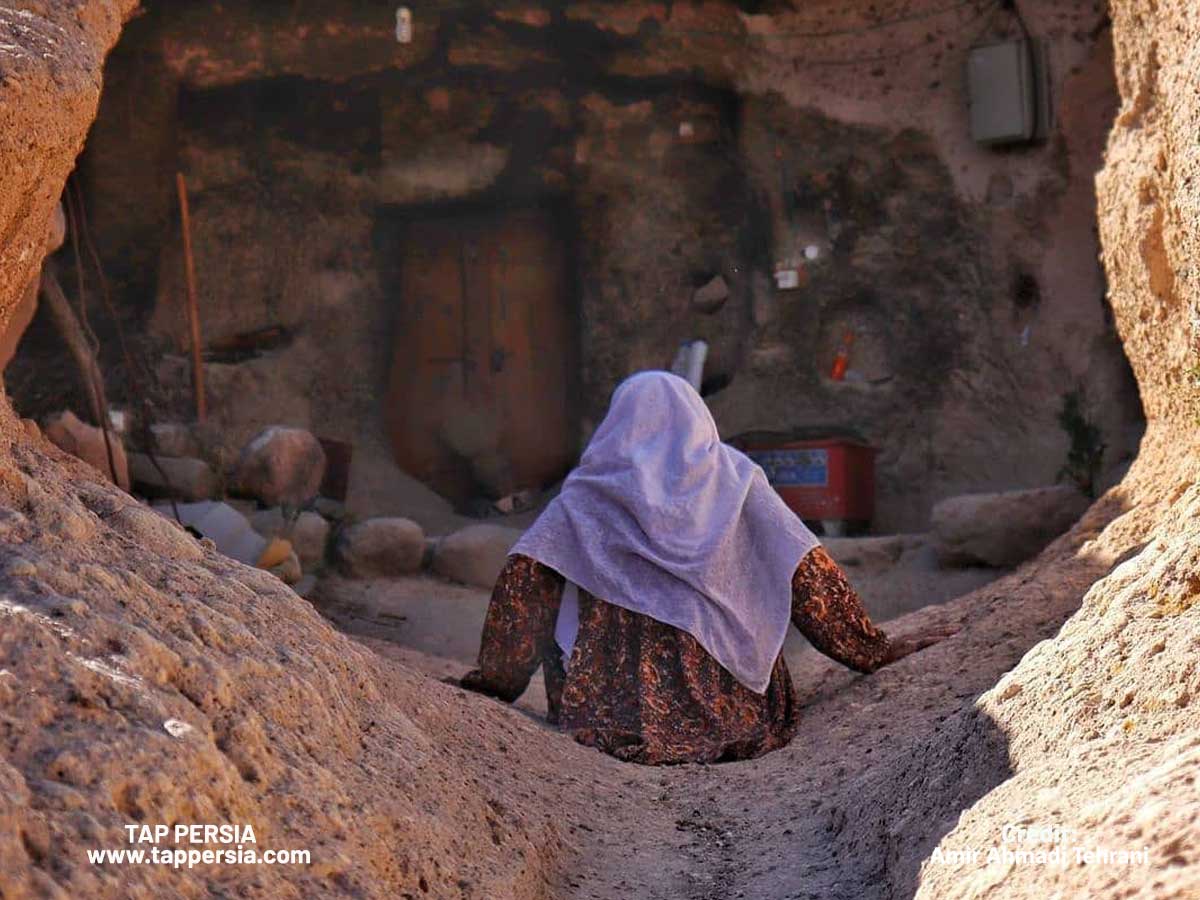
- Immerse yourself in the cultural environment of the hamlet, where terraced farms, qanat water management systems, and prehistoric rock art paint a vivid picture of harmonious cohabitation between humans and nature.
- Uncover the secrets of this remote and alluring region of Iran, where a rich history and peaceful coexistence with the natural world converge.
- Prepare to be captivated by the enduring legacy of Maymand, where ancient traditions and a sustainable way of life have stood the test of time in this captivating corner of the world.
Hyrcanian Forests
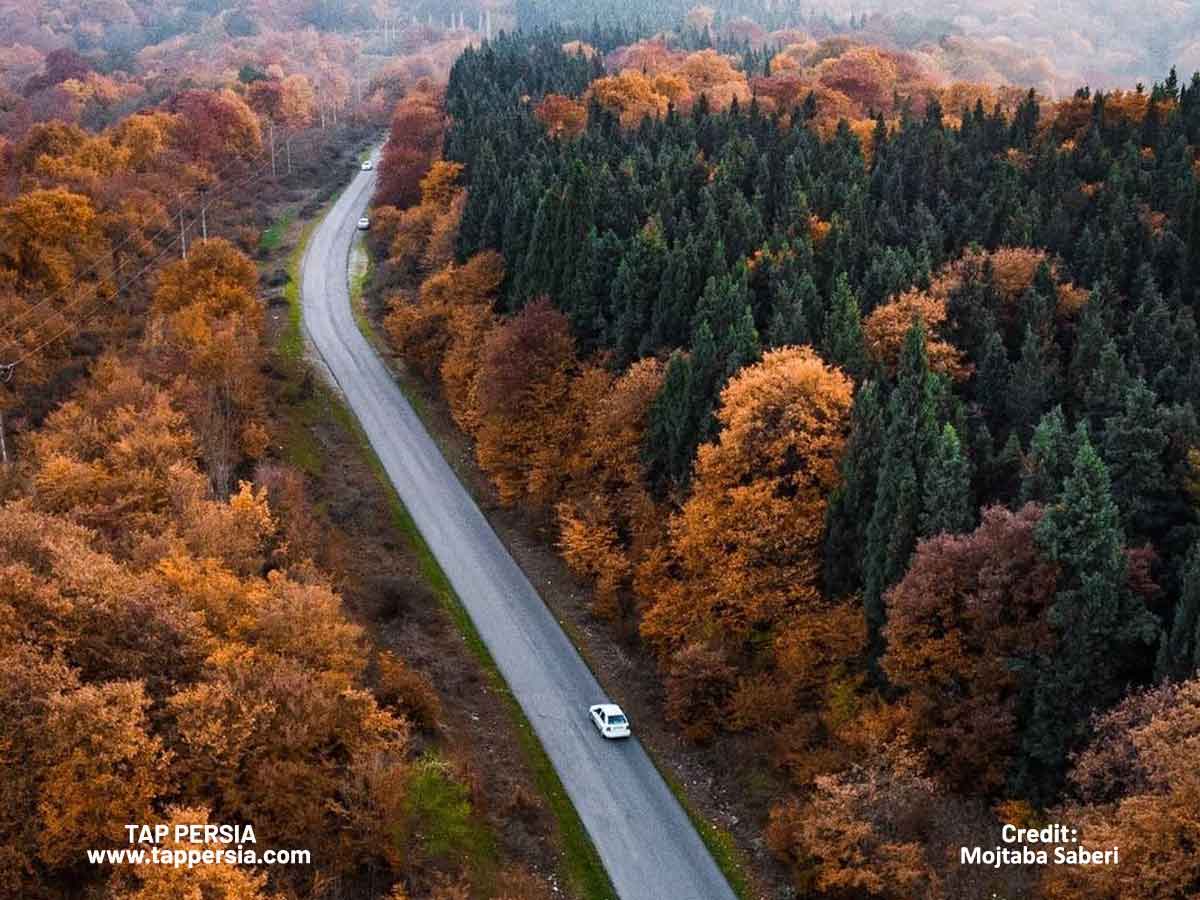
Along Iran’s southern Caspian Sea coast are the Hyrcanian Forests, which are a protected natural area and a UNESCO World Heritage Site.
- Embark on a journey into the depths of time, exploring ancient woods that have flourished for over 50 million years, standing as a testament to nature’s enduring legacy.
- Discover the rare and enchanting world of the Hyrcanian Forests, one of the last remaining temperate rainforests on Earth, defying the passage of time.
- Marvel at the mind-boggling biodiversity that thrives within these mystical woods, where a vibrant tapestry of flora and fauna unveils the secrets of evolution’s masterpiece.
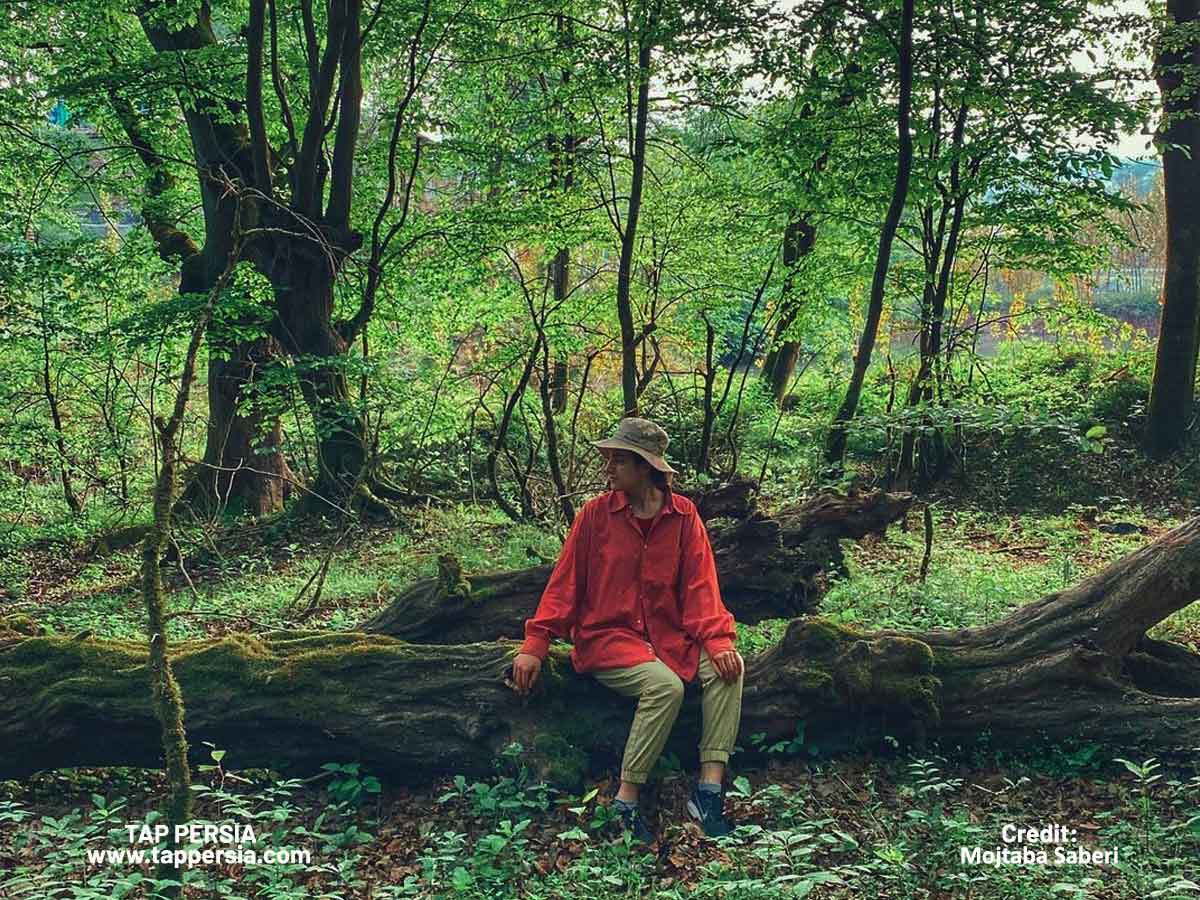
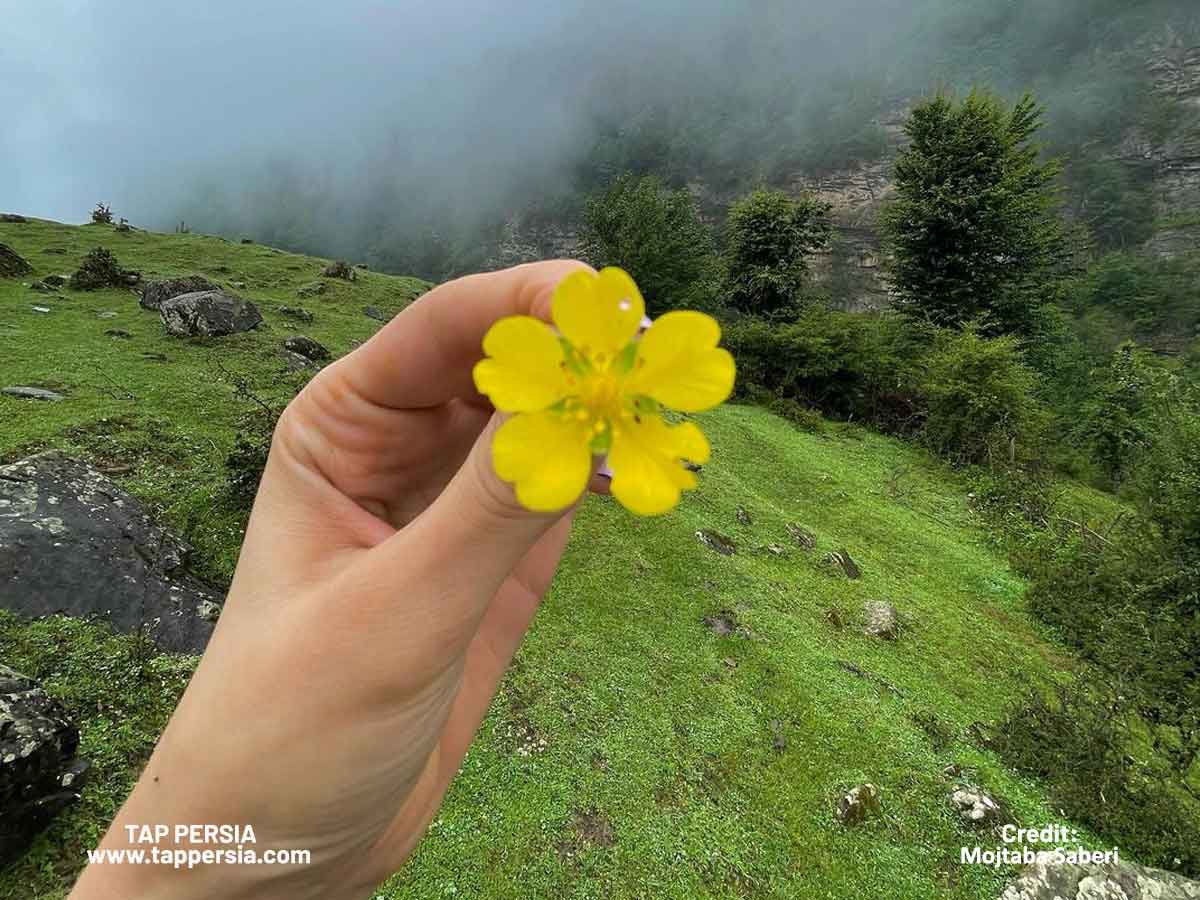
- Enter a sanctuary where majestic trees, lush flora and diverse ecosystems intertwine, creating a haven for animals and fostering essential ecological services.
- Recognize the urgent need to protect the precious Hyrcanian Forests, safeguarding Iran’s natural heritage and ensuring the preservation of global biodiversity.
- Join the vital mission to preserve these ancient woods, for within their embrace lies a priceless treasure that connects us to the wonders of our planet’s past and sustains the delicate balance of our shared future.
Takht-e Soleyman
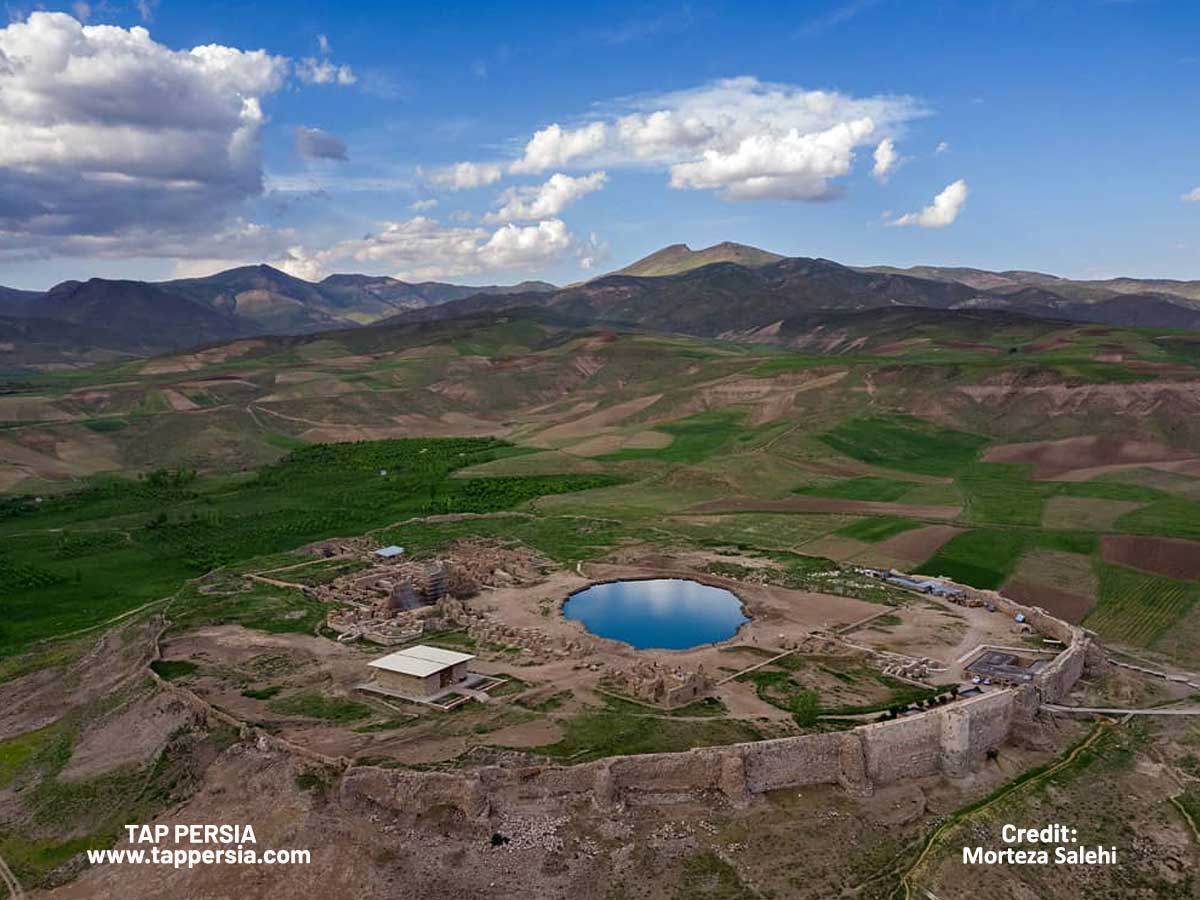
Takht-e Soleyman, known as the Throne of Solomon, is a captivating UNESCO World Heritage Site situated in northwest Iran.
- Step into the remnants of an ancient Zoroastrian sanctuary and a fortified Sassanian-era palace, where history and mystique intertwine.
- Be captivated by the awe-inspiring Zendan-e Soleyman (Solomon’s Prison), a massive crater lake at the heart of the site, shrouded in legends and adding to the site’s mystical allure.
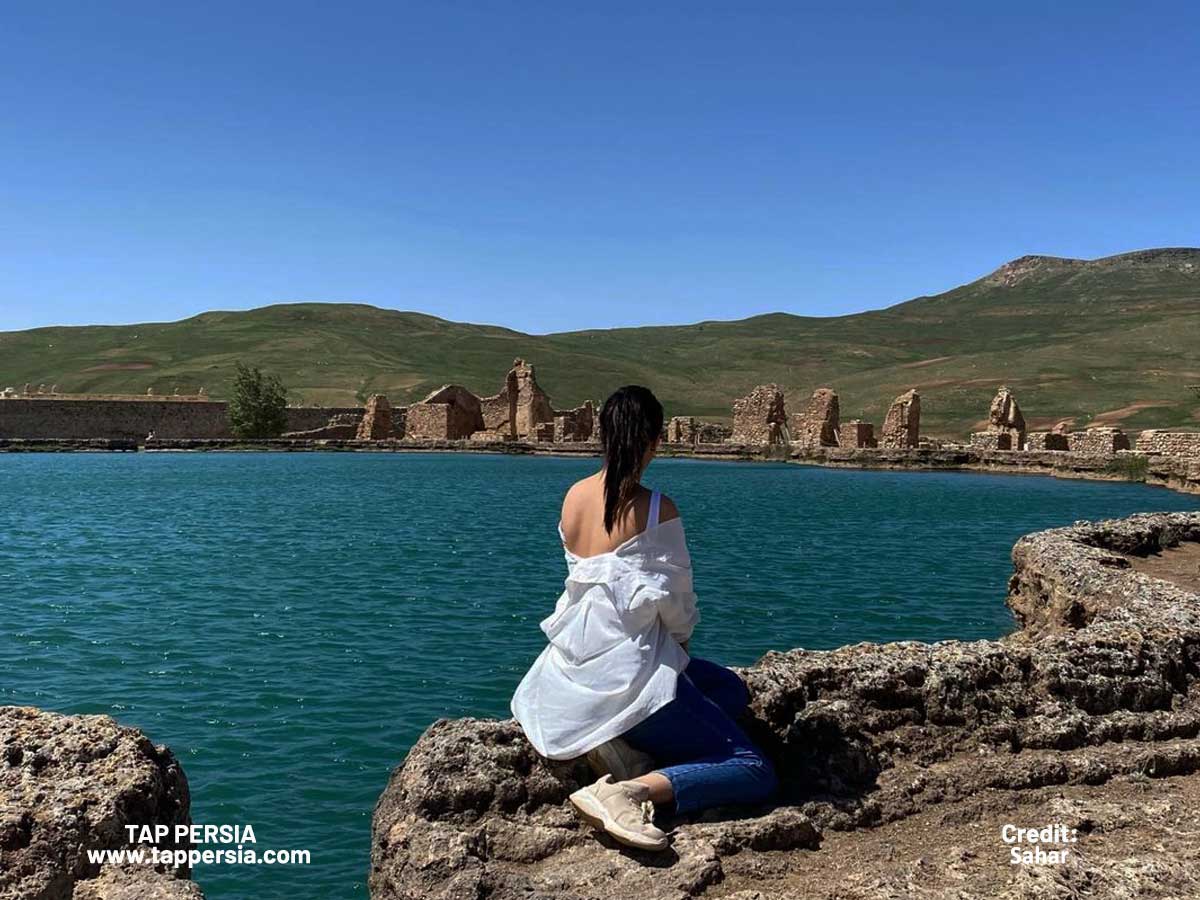
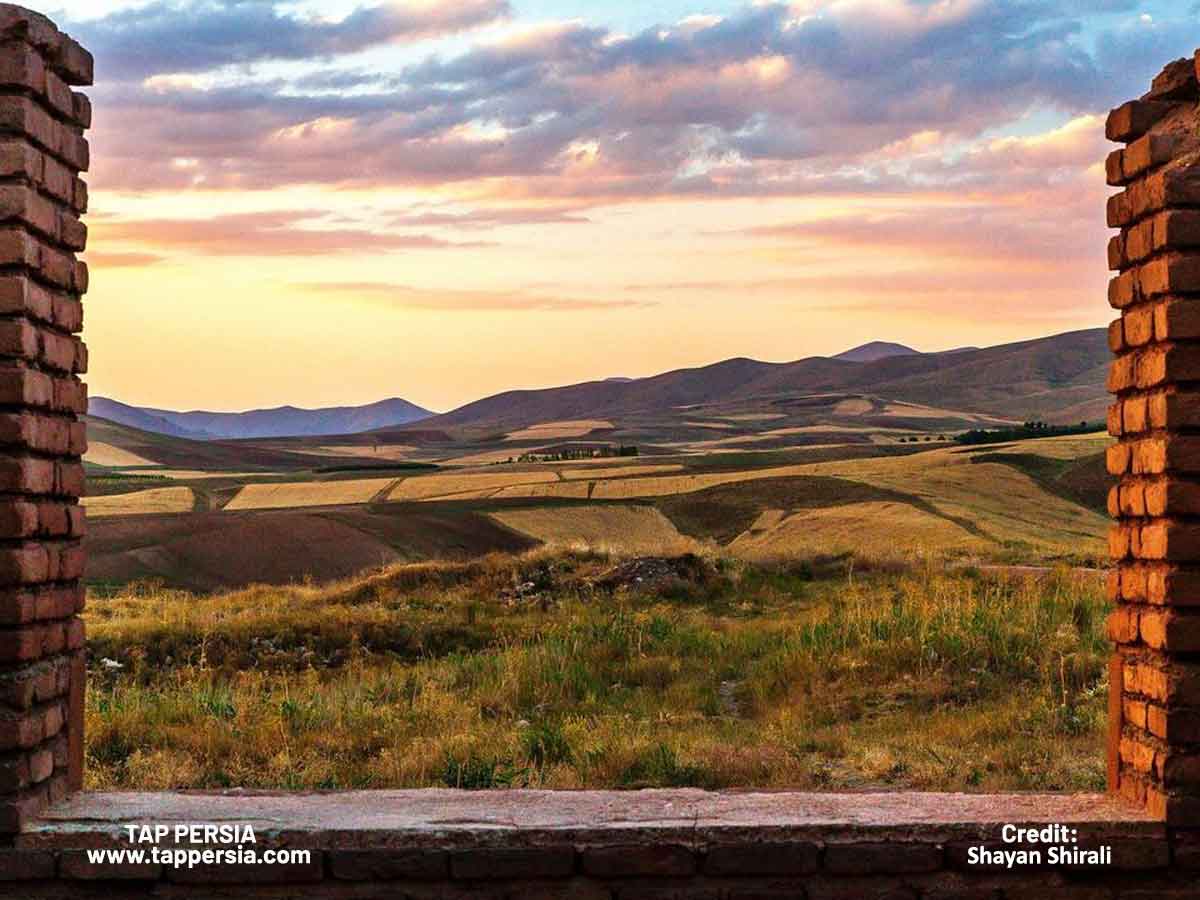
- Delve into the rich religious and historical significance of the site, once a revered center of worship for Zoroastrians and later influenced the course of Islamic architecture.
- Wander through the architectural ruins that bear witness to the passage of time, while being embraced by the serene and picturesque natural surroundings.
Tabriz Historic Bazaar Complex
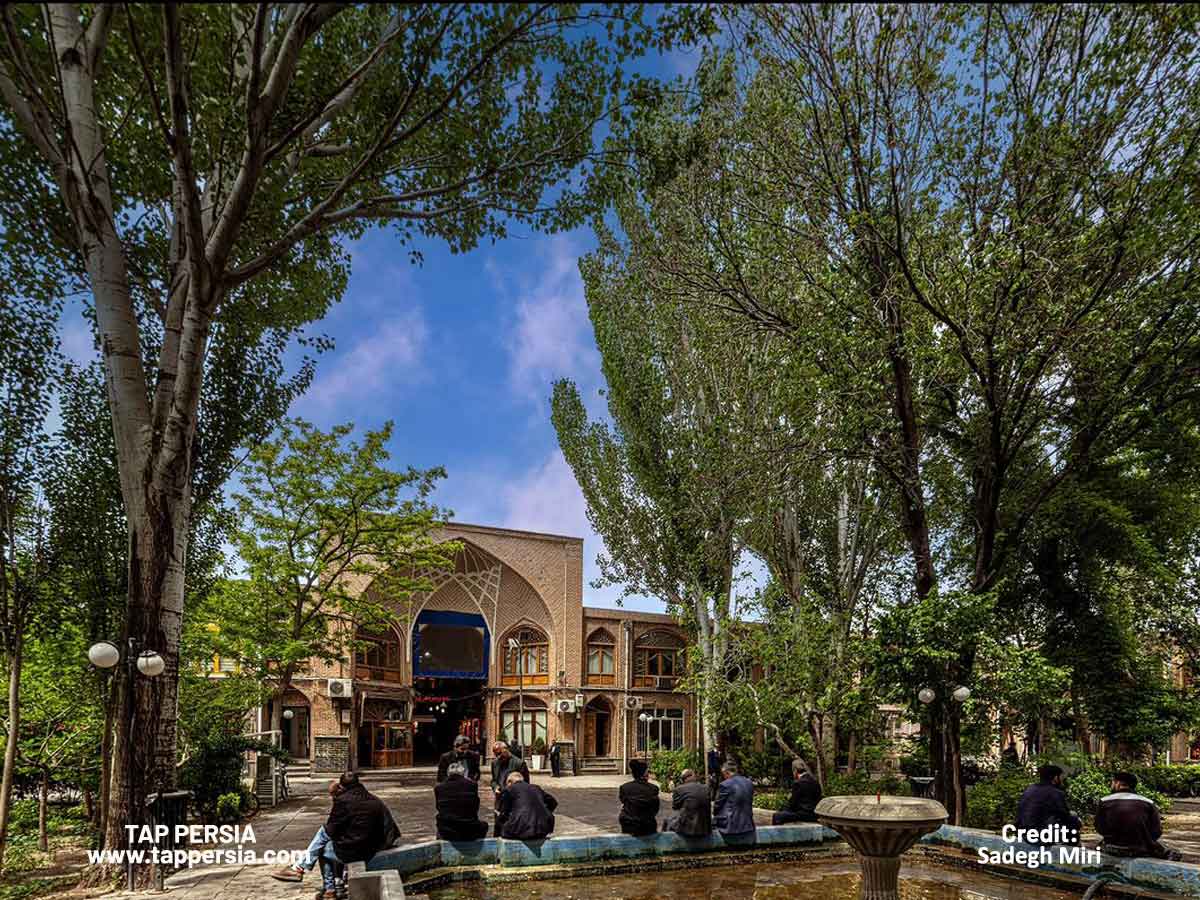
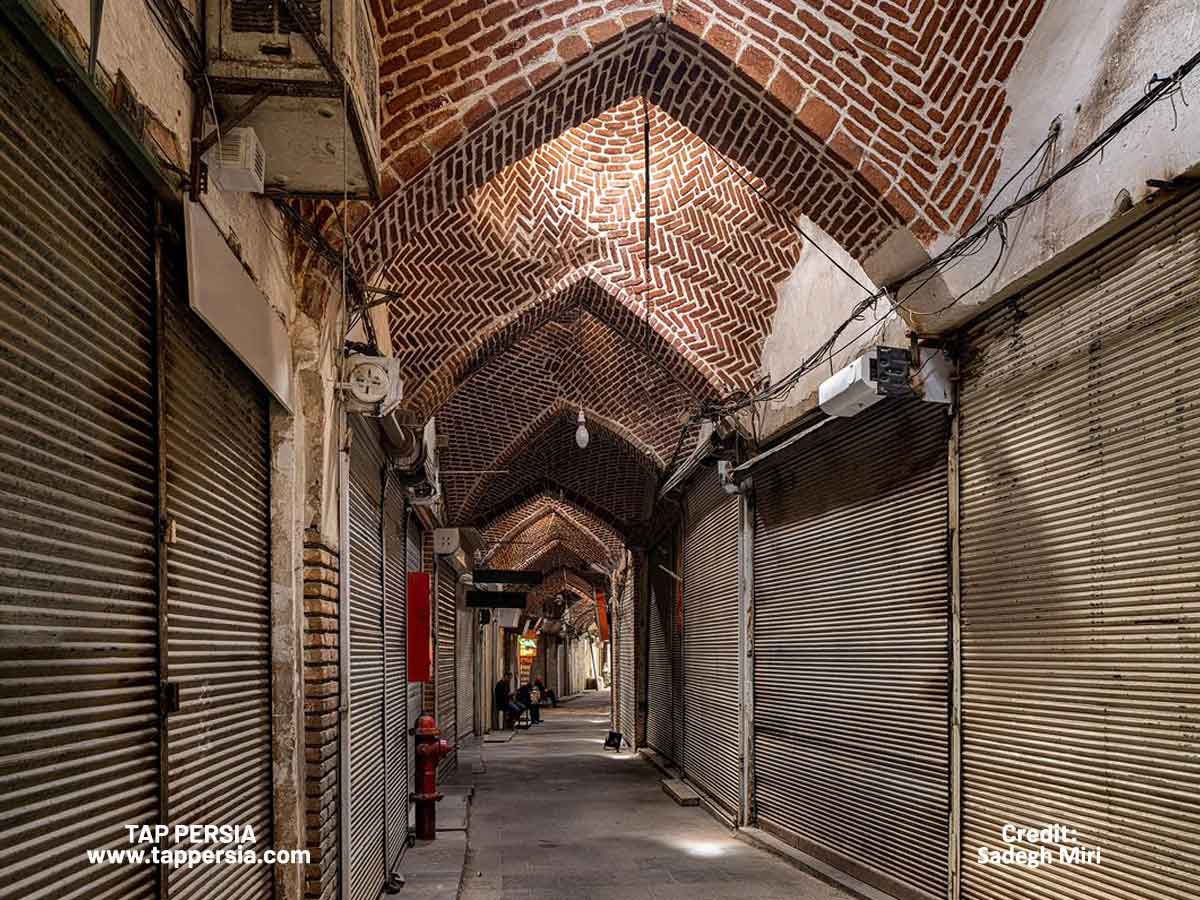
Our journey takes us to the bustling Tabriz Historic Bazaar Complex, one of the Middle East’s oldest bazaars and a UNESCO World Heritage Site in Iran.
- Immerse yourself in the vibrant atmosphere of a market that has stood the test of time, serving as a hub for trade and business for generations.
- Explore the hidden gems within the market’s intricate courtyards and winding alleyways, where surprises await at every turn.
- Discover a treasure trove of stores offering a diverse range of goods, from traditional crafts to modern merchandise, showcasing the economic significance of the region.
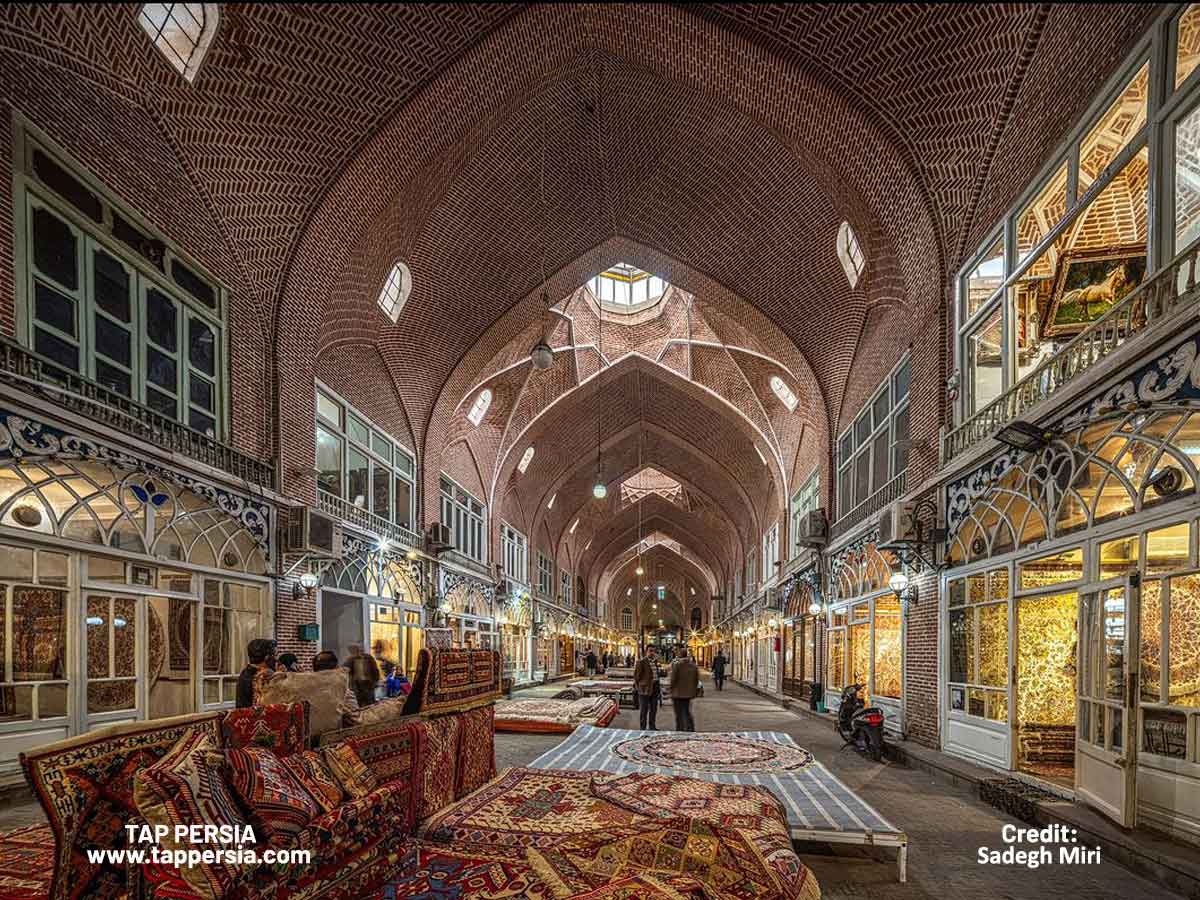
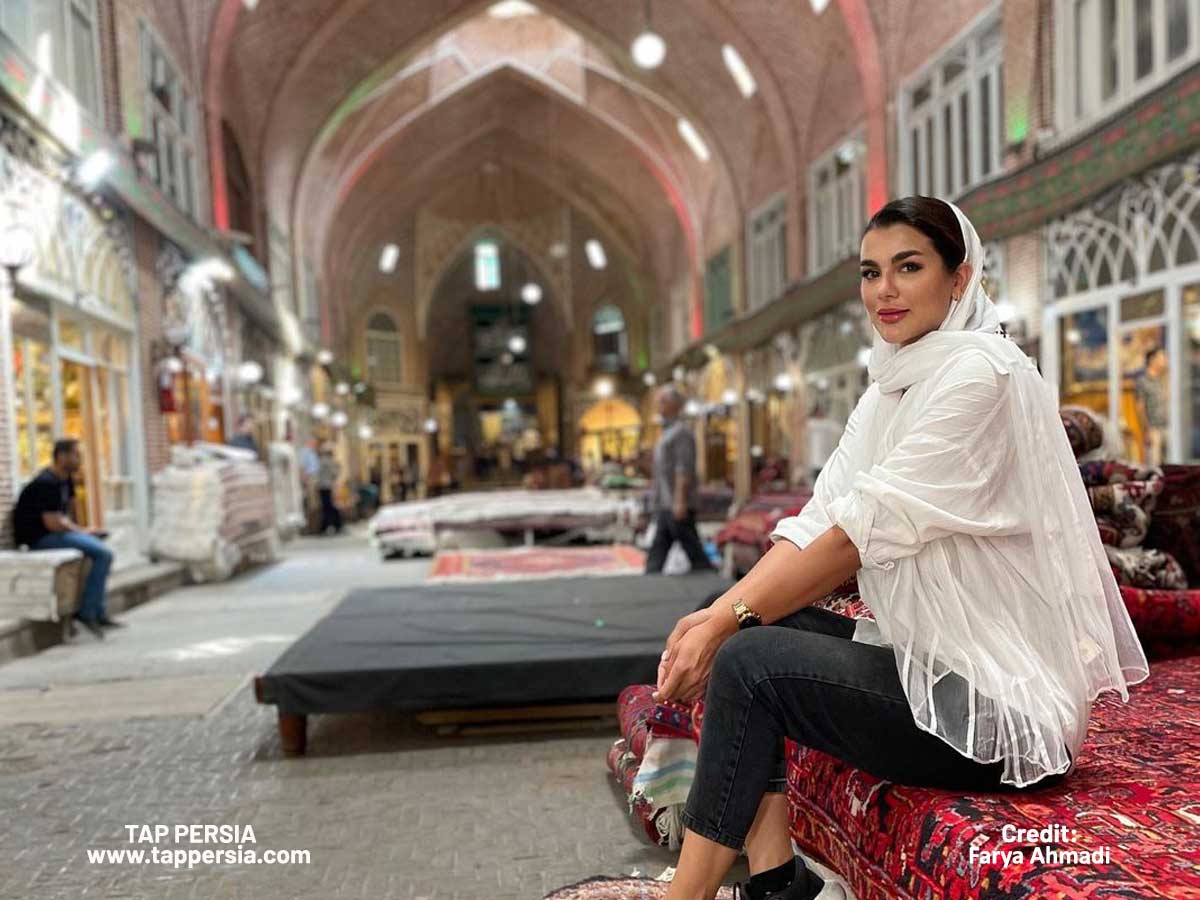
- Step into Tabriz’s ancient economic life and witness the cultural richness that has shaped the market’s identity over the years.
- Prepare to be captivated by the sights, sounds, and scents as you delve into the heart of this lively marketplace.
Shushtar Historical Hydraulic System
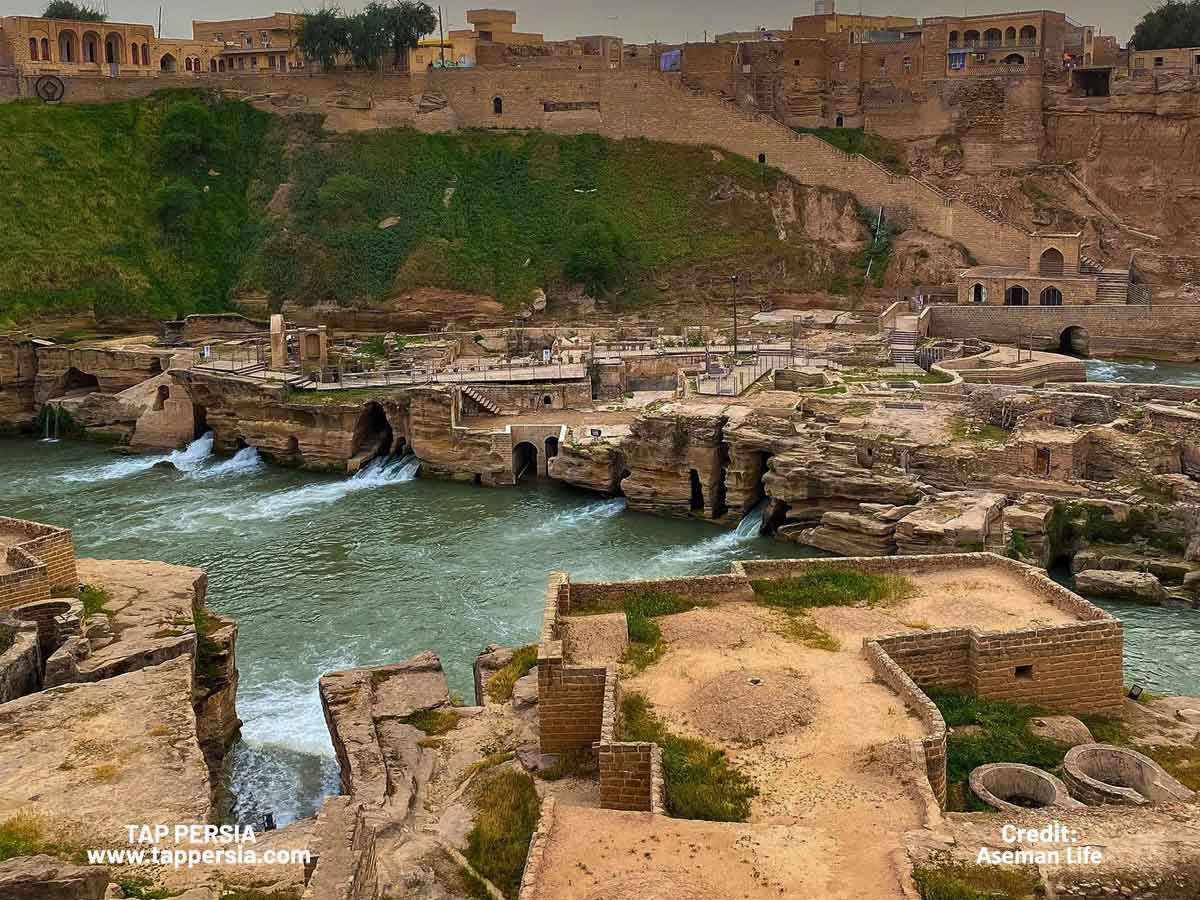
The Shushtar Historical Hydraulic System, a wonderful UNESCO World Heritage Site that displays historic water management practices, is our last visit.
- Embark on a captivating journey through time as you discover an intricate hydraulic system that showcases the ingenuity of Iranian engineers from the 5th century.
- Uncover a marvel of engineering comprising canals, tunnels, dams, and watermills, a testament to the remarkable skills of the era.
- Explore this fascinating place where creativity meets functionality, as the system’s creative design unfolds before your eyes.

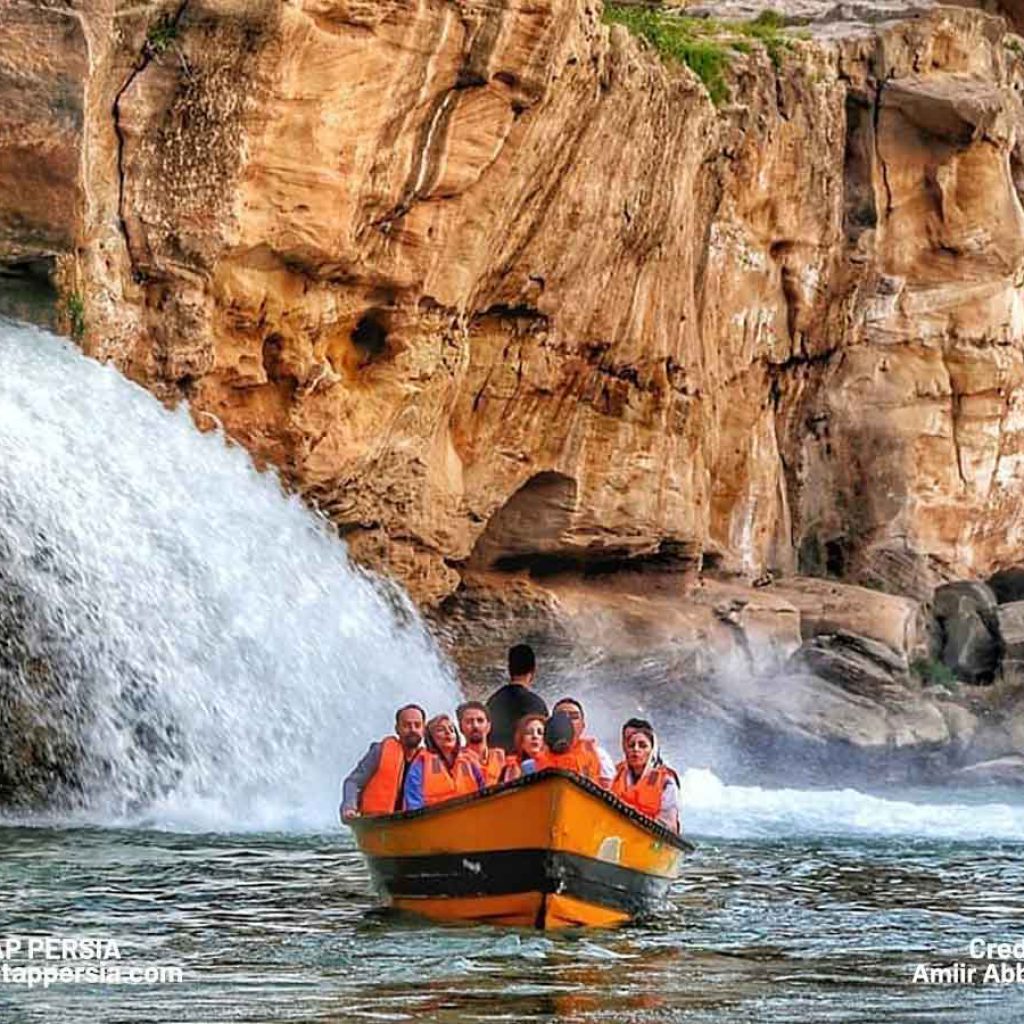
- Marvel at the profound impact of this hydraulic system on the urban and agricultural growth of the region, a testament to the symbiotic relationship between human ingenuity and nature.
- Immerse yourself in the wonders of this ancient water management system, as you witness how it shaped the landscape and facilitated the flourishing of civilization.
Historic City of Yazd
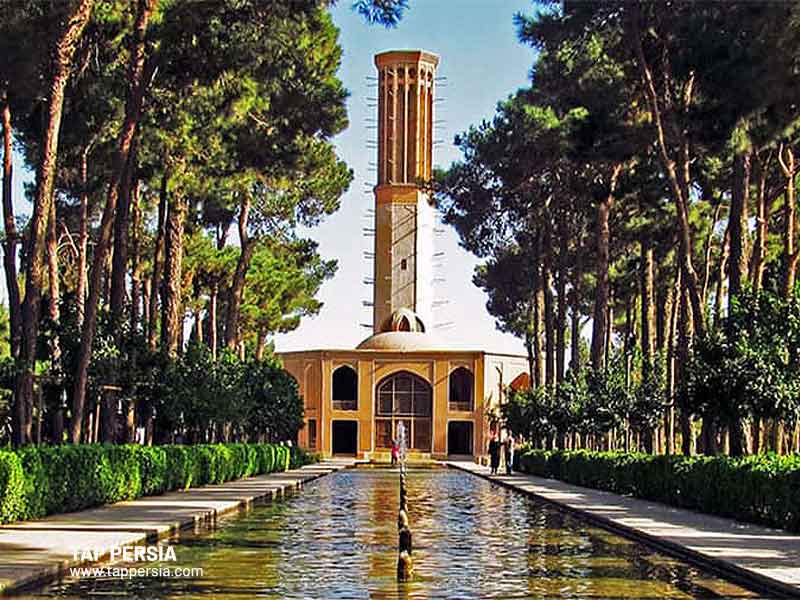
The Historic City of Yazd, located in central Iran on the edge of the Dasht-e Kavir desert, became a UNESCO World Heritage Site in 2017, for its remarkable urban fabric, earthen architecture, and ingenious adaptation to an arid environment
- The city’s qanat system and communal cisterns channel underground water into neighborhoods, sustaining life in a desert urban landscape.
- Unlike many UNESCO sites, Yazd is continuously inhabited, preserving traditional housing, bazaars, religious buildings, Zoroastrian fire temples, synagogues, hammams, and the historic Dolat-Abad Garden.
- Constructed almost entirely from sun-dried mudbrick, Yazd’s skyline is punctuated by towering wind-catchers (badgirs), staircase vaults, and subterranean courtyards—ingenious passive cooling solutions suited for its harsh climate.
- Yazd has long been a center of religious and cultural pluralism, hosting Muslims, Zoroastrians, and Jews in close harmony.
The Persian Caravanserai 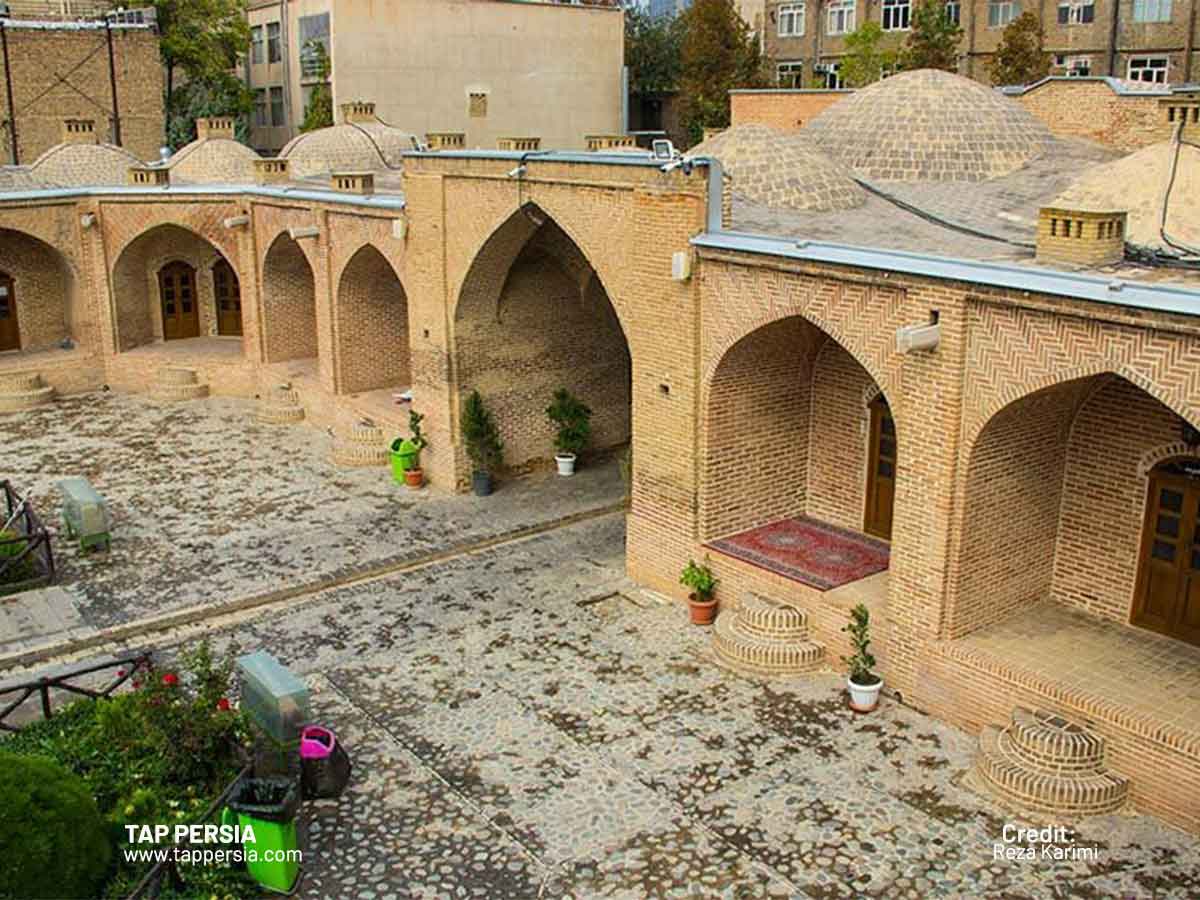
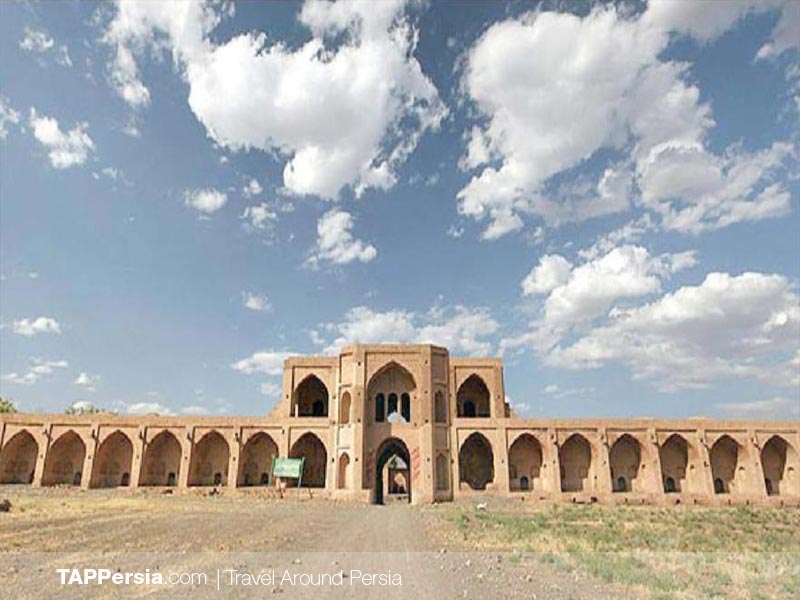
The Persian Caravanserai—a collection of 54 historic roadside inns scattered across 24 provinces of Iran—is one of Iran’s latest UNESCO World Heritage sites, inscribed in September 2023.
- Caravanserais were roadside inns that provided safe lodging, food, and water to traveling merchants, pilgrims, and animals along ancient trade and pilgrimage routes .
- They bear witness to cultural exchange, acting as hubs where goods, languages, ideas, and beliefs flowing along the Silk Road converged .
-
By safeguarding caravanserais from the Sassanian to Qajar periods, it also deepens our understanding of pre‑industrial travel and connectivity across centuries.
Persian Qanat
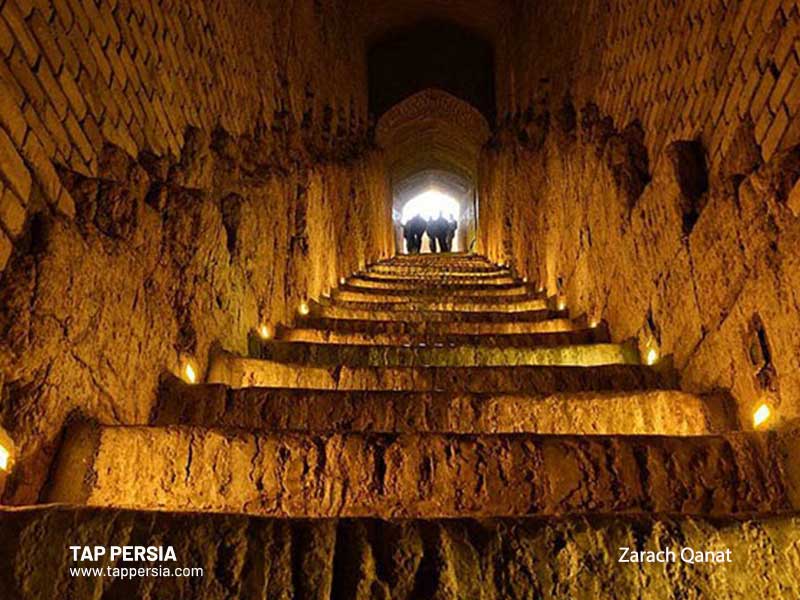
A remarkable ensemble of traditional irrigation systems that shaped life in Iran’s arid landscapes was the Persian Qanat, which is more than ancient drainage, but it is a living heritage of innovation and community stewardship.
- A qanat (or kariz) is a gently sloping underground tunnel that taps mountain aquifers and channels water to the surface using gravity.
- These systems enabled settlements and agriculture to thrive in Egypt, North Africa, and Central Asia, but Iran remains home to over 36,000 qanats, underlining its status as the birthplace of this technology.
- UNESCO’s listing includes eleven representative qanats across Iran, spanning diverse ecologies—from mountains to desert plains. (Qasabeh (Gonabad), Zarch, Baladeh, Hasan Abad‑e Moshir, Ebrahim Abad, Vazvan, Mozd Abad, Moon, Gowhariz, Ghasem Abad, and Akbar Abad)
Persian Garden
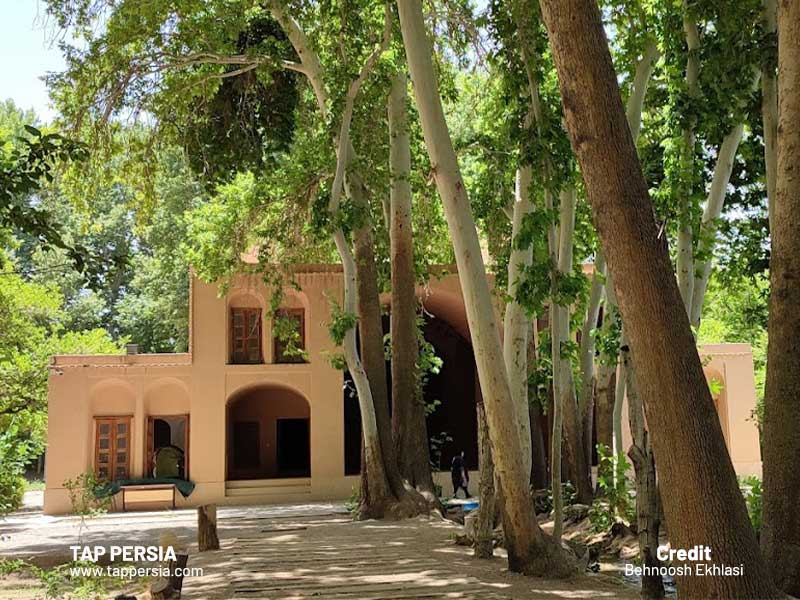
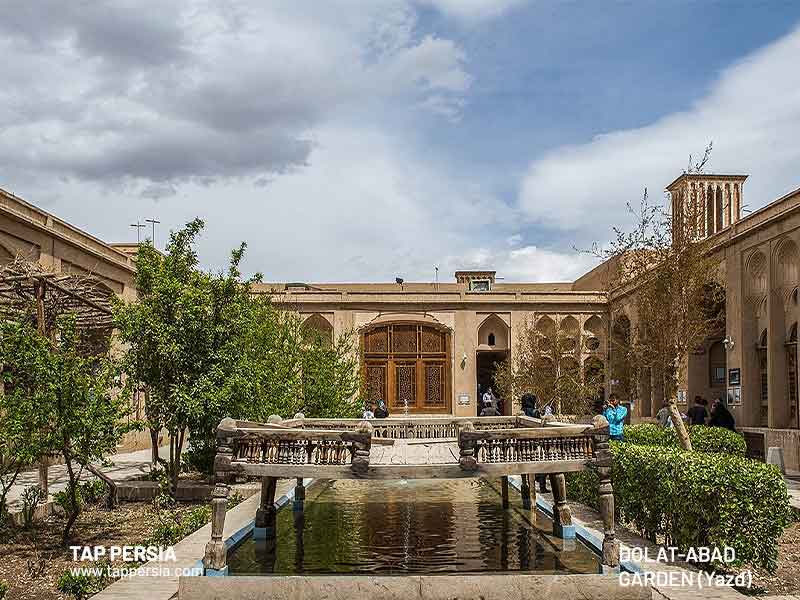
The Persian Garden is a serial UNESCO World Heritage Site, which comprises nine emblematic gardens across Iran, representing the evolution and diversity of the ancient Chahar Bagh (four‑fold garden) tradition.
-
The Persian Gardens form an integrated cultural landscape reflecting centuries of ingenuity, spiritual richness, and artistic expression.
-
They offer a living model of how aesthetics, nature, and functionality can coalesce, resonating far beyond Iran, inspiring the world’s idea of paradise.
- Persian Gardens harness geometry, architecture, water, vegetation, and engineering to craft a sensory haven in harsh climates.
- These nine Iranian gardens include Pasargadae, Eram Garden, Chehel Sotoun, Fin Garden, Abbasabad Garden, Shazdeh Garden, Dowlatabad Garden, Pahlavanpour Garden, Akbarieh Garden.
Masjed-e Jāmé of Isfahan
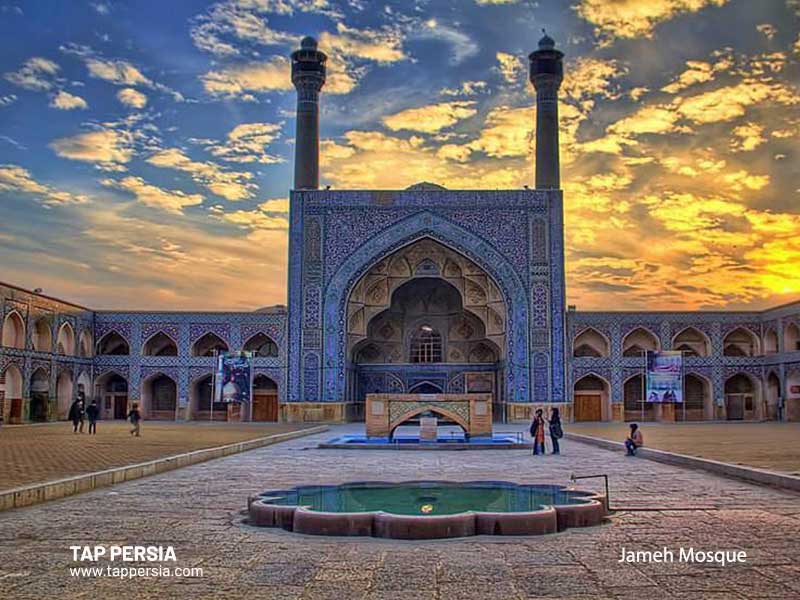
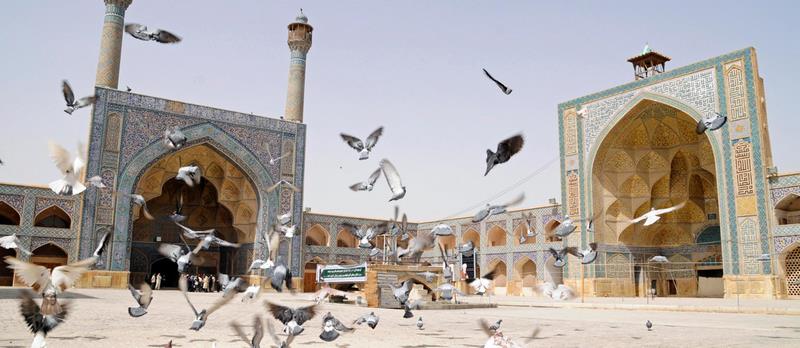
The Masjed-e Jāmé of Isfahan (Friday or Congregational Mosque) is one of Iran’s most historically layered and architecturally significant sites, which is more than an architectural marvel; it’s a living chronicle of Islamic Persia’s evolving identity.
- This mosque, founded under the Abbasid caliph al‑Mansur. Its remains lie beneath the mosque’s current structure.
- Continuous renovations through the Buyid, Seljuk, Mongol, Timurid, Safavid, Qajar, and modern eras mean the mosque embodies a timeline of Islamic art, architecture, and dynastic patronage .
- A grand rectangular courtyard recessed by iwans—large vaulted portals—symbolizing cosmic openness and architectural grandeur.
The Sassanid Archaeological Landscape of the Fars Region
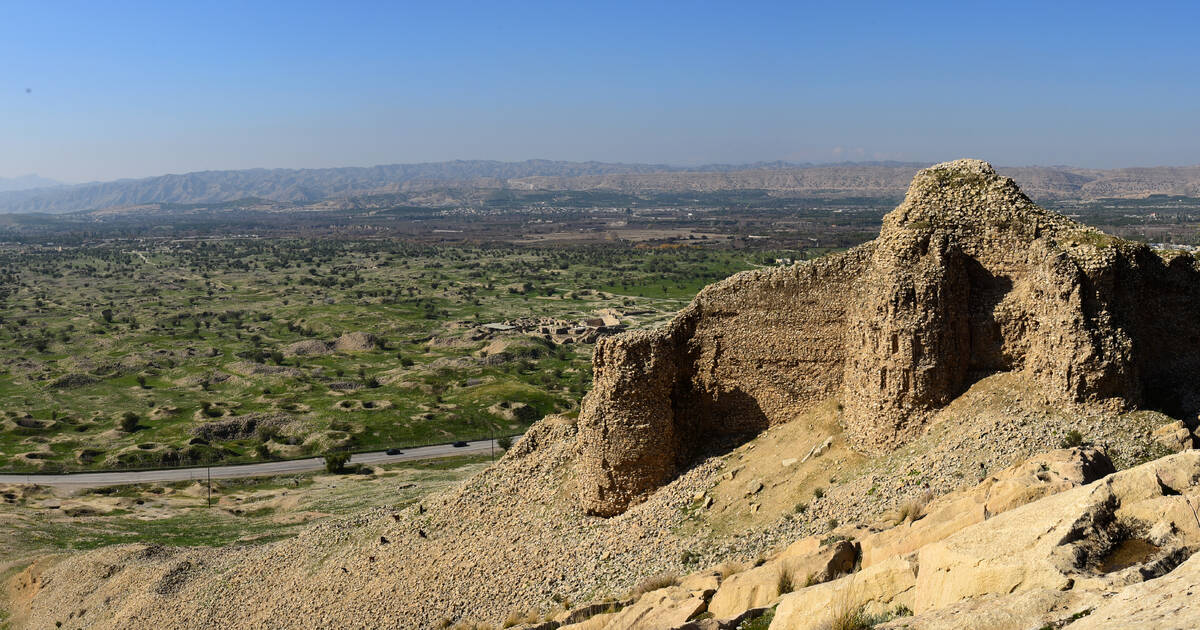
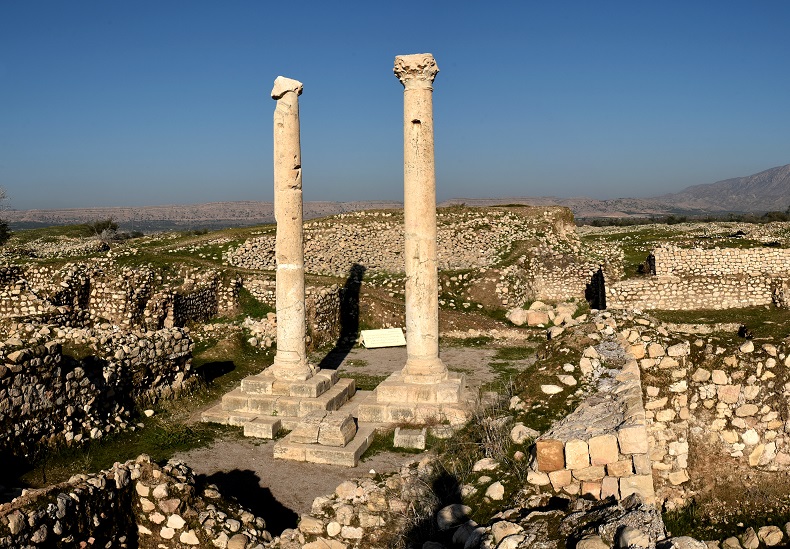
The Sassanid Archaeological Landscape of the Fars Region, inscribed by UNESCO on 30 June 2018, which comprises eight remarkable Sassanian‑era sites in three geographical clusters—Firuzabad, Bishapur, and Sarvestan—in southern Iran’s Fars Province.
- Its cities, palaces, rock‑cut reliefs, and architectural innovations reflect a civilization deeply engaged in shaping identity, religion, and urban life.
- Stone carvings and relief techniques reflect encounters with Roman art and Achaemenid traditions in this region.
- Firuzabad (founding era), Bishapur (expansion under Shapur I), and Sarvestan (late/post‑empire continuity) showcase the evolution of Sassanid culture.
The Armenian Monastic Ensembles of Iran
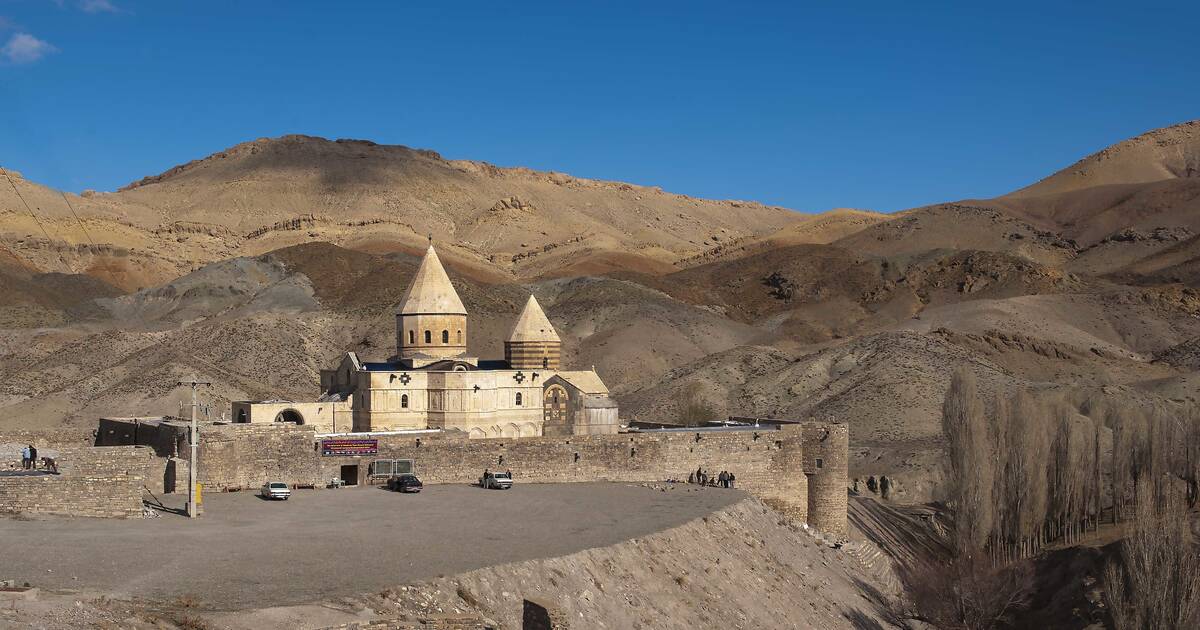
Three remarkable Christian complexes in northwestern Iran as the Armenian Monastic Ensembles of Iran, were inscribed as a UNESCO World Heritage Site in 2008. (Saint Thaddeus Monastery (Qara Kelisa), Saint Stepanos Monastery, Chapel of Dzordzor )
- These sites beautifully blend Armenian architectural and decorative traditions with influences from Byzantine, Orthodox, Persian, Assyrian, and Islamic cultures, illustrating a rich tapestry of cross-cultural connections.
- It is located on the southeastern fringe of Greater Armenia, they represent the last well-preserved remnants of Armenian culture in the region, testifying to centuries of continuity and migration.
- They are not just static edifices but living monuments—active worship sites, pilgrimage centers, and guardians of centuries-old traditions that bridge cultural divides.
The Cultural Landscape of Hawraman/Uramanat
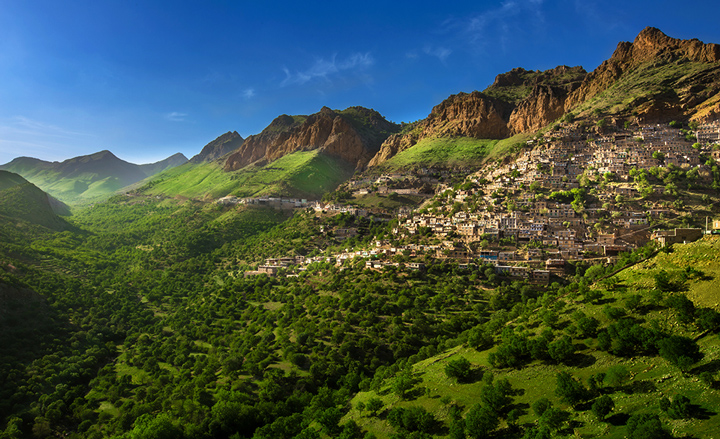
The Cultural Landscape of Hawraman/Uramanat, nestled in the rugged Zagros Mountains of western Iran, was inscribed as a UNESCO World Heritage Site in July 2021.
-
It poignantly captures the lifeways of the Hawrami people, a Kurdish agropastoral community, and even earlier punctual evidence of human presence—up to 40,000 years ago—from Paleolithic artifacts in local caves.
- Itinvites us into a mountainous tapestry where human ingenuity, community values, and natural rhythms intertwine across millennia.
- Highlights community-led conservation in a living landscape that blends material culture with intangible customs and environmental knowledge.
Golestan Palace
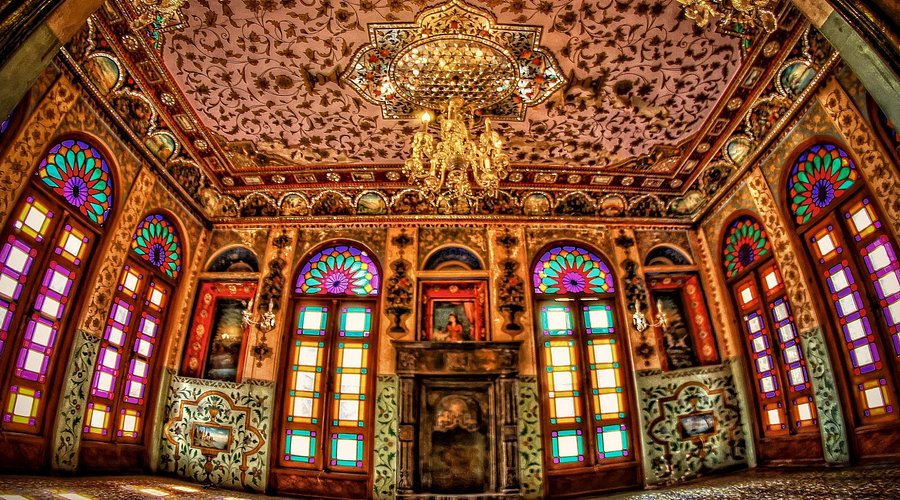
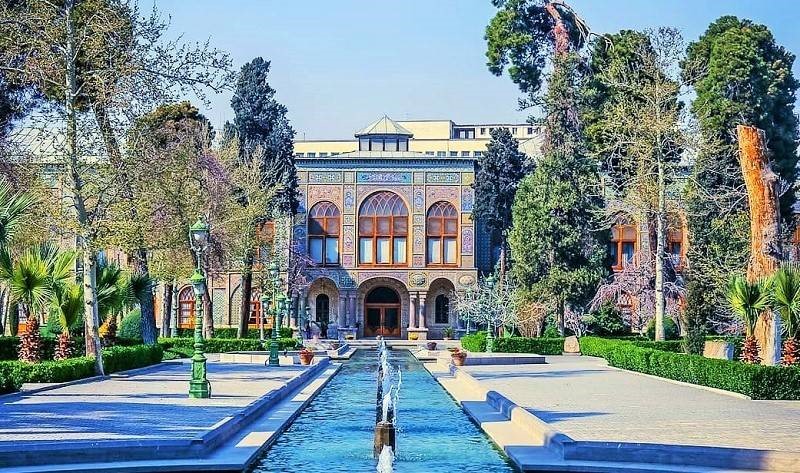
The Golestan Palace, located in the historic heart of Tehran, was inscribed on the UNESCO World Heritage List in 2013, by recognising its exceptional fusion of Persian allusion and European influence during the Qajar dynasty.
- The complex exemplifies an integration of traditional Persian arts—mosaic, mirrorwork, stucco—with European techniques such as cast-iron structural framing, reflecting Iran’s cultural modernization in the 19th century.
- The complex comprises 17 buildings, including palaces, halls, museums, and lush gardens.
- It’s not just a royal residence but a dynamic center, hosting coronations, receptions, and artistic patronage, while housing archives and museums.
Susa
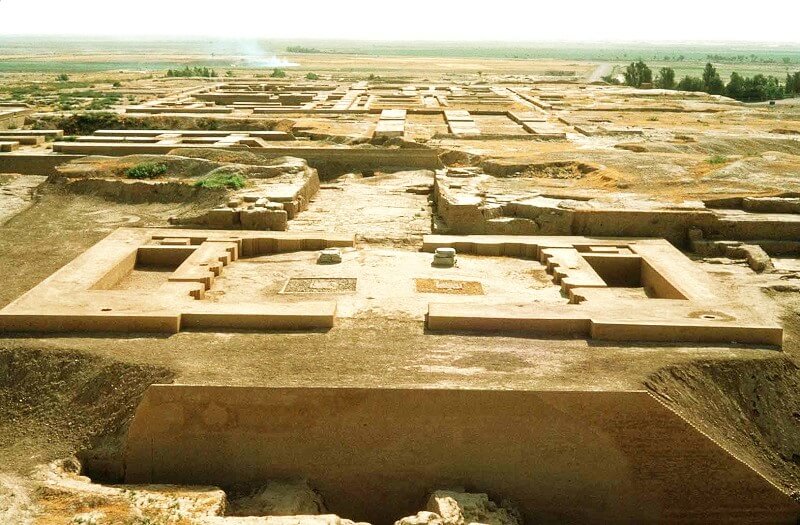
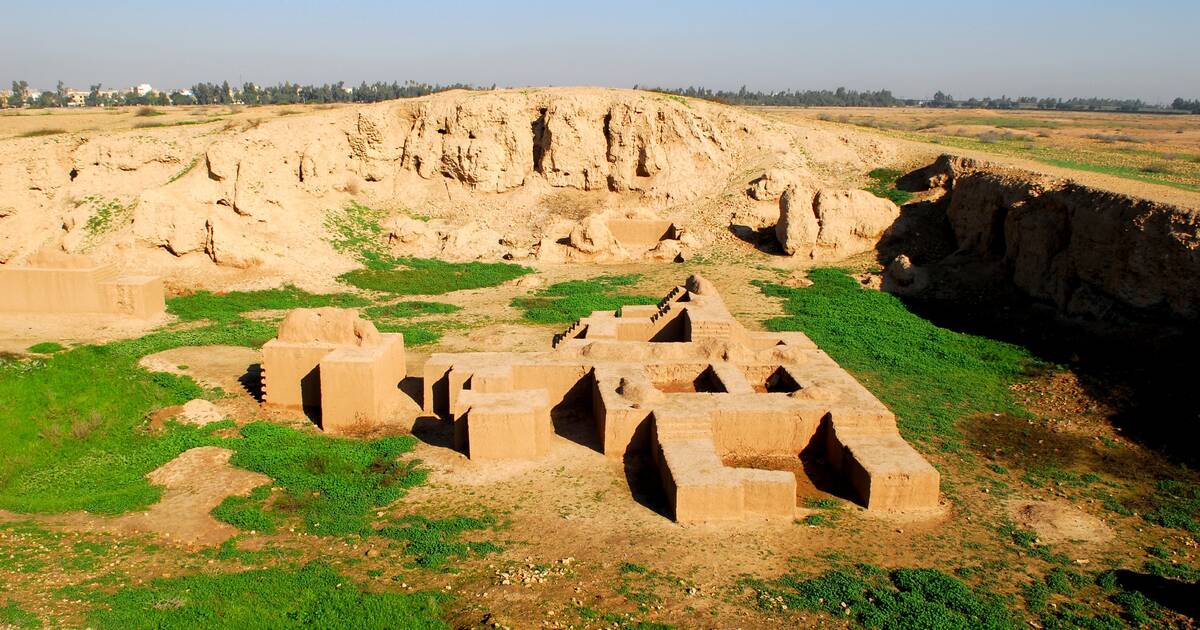
Susa—ancient Shush in modern-day Khuzestan—has been a vibrant urban focal point, and was inscribed as a UNESCO World Heritage Site in 2015.
- As one of the earliest urban centers globally, Susa witnessed the emergence of early states and city life in the Ancient Near East.
- It served as the heart of the Elamite civilization, later becoming Achaemenid King Cyrus the Great’s winter capital.
- Positioned between Mesopotamia and the Iranian plateau, Susa became a melting pot of cultural, political, and religious interactions across multiple empires.
- As a nexus of empires, cultures, languages, and religions, it remains a focal point for understanding the evolution of ancient statehood, intercultural governance, and urban design in West Asia.
Naqsh-e Jahan Square

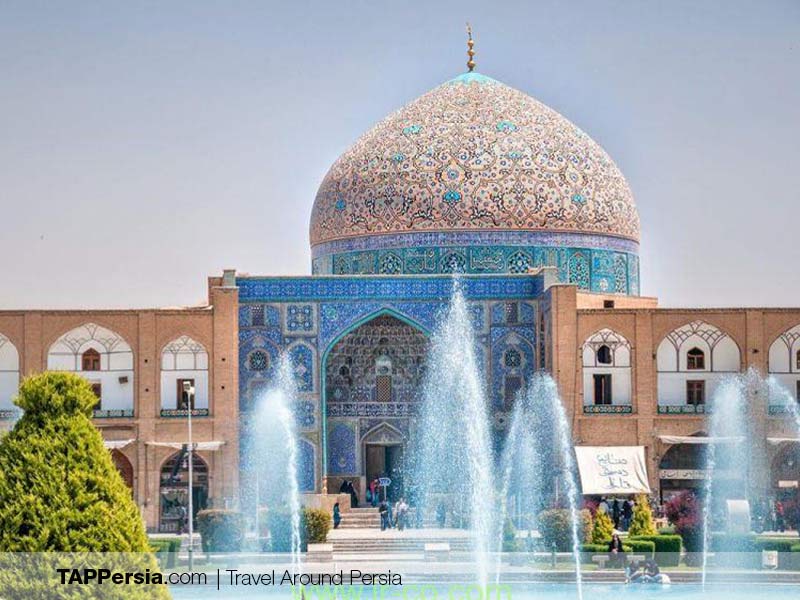
Naqsh-e Jahan Square is one of Iran’s most iconic and historically rich UNESCO World Heritage Sites.
- Its continued vitality as a public space reinforces its role as a “symbolic image of the world”.
- It is not just an architectural marvel, it’s a living testament to Safavid vision: merging political power, religious devotion, social life, and artistry into one coherent urban form.
- Four monumental structures define its periphery—each integral to its Outstanding Universal Value : Shah (Imam) Mosque, Sheikh Lotfollah Mosque, Ali Qapu Palace, andQeysarie (Royal) Gate & Grand Bazaar.
Hegmataneh
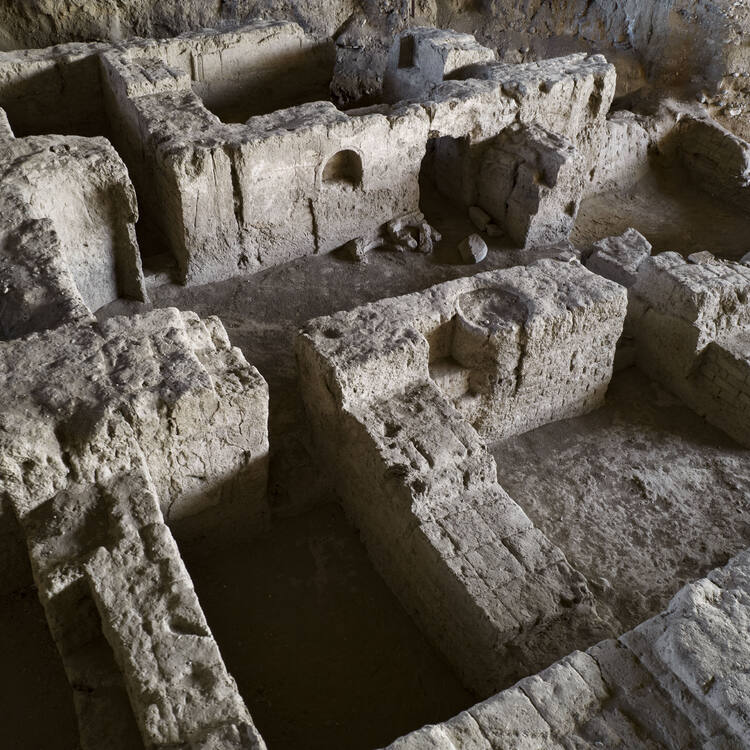
Hegmataneh (Ecbatana), near modern Hamedan, marking its global recognition as a cultural treasure
- Founded in the 7th century BCE, it served as the capital of the Median Empire.
- Became a prominent summer capital for the Achaemenid, Seleucid, Parthian, and Sasanian dynasties, maintaining continuous occupation for nearly 3,000 years.
- The site features a circular plan with successive layers of urban planning and architectural innovation from Median through Parthian eras.
- Its location at the foot of the Zagros Mountains adds genetic, geographic, and strategic depth to understanding early city formation in West Asia.
Trans‑Iranian Railway
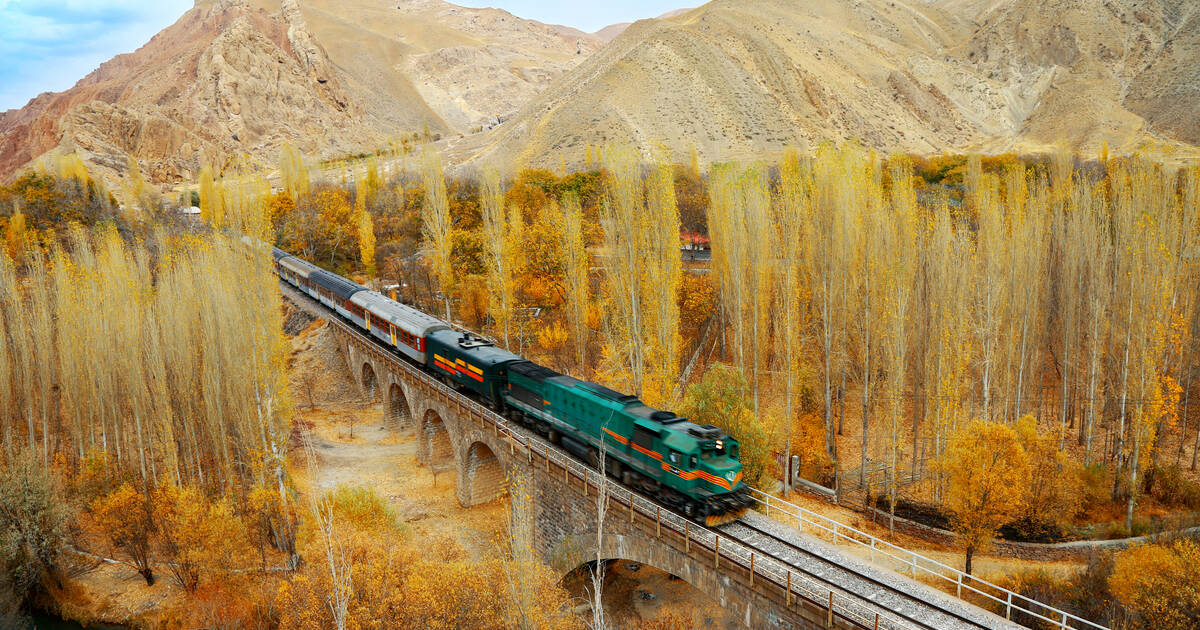
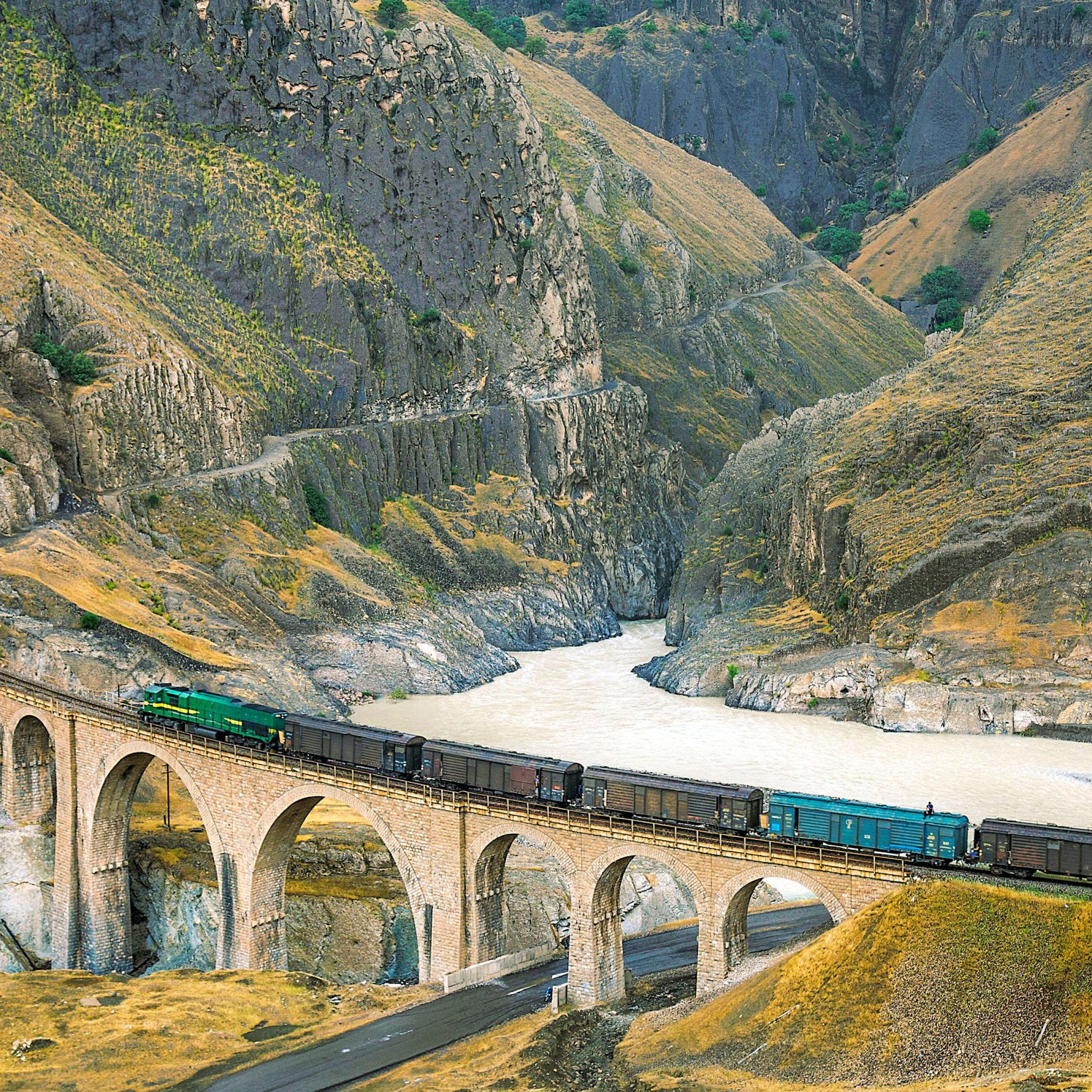
The Trans‑Iranian Railway, Iran’s most ambitious infrastructure feat of the 20th century, earned UNESCO World Heritage status in July 2021.
- Bridged diverse terrains—mountains, forests, deserts, and coasts—integrating Iran’s varied ethnic and ecological regions .
- Recognized as a “living museum” and exemplar of modern infrastructure as a vehicle of sovereignty and integration.
- Routes like Tehran–Sari, Lorestan, and the mountainous Gorgan branch offer breathtaking journeys through lush valleys and dramatic cuttings.
Sheikh Safi al‑din Khānegāh and Shrine Ensemble
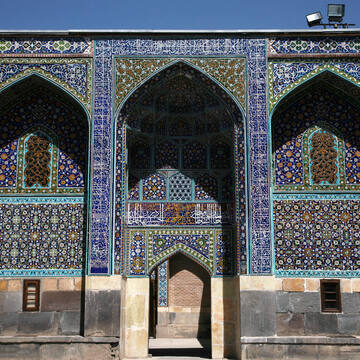
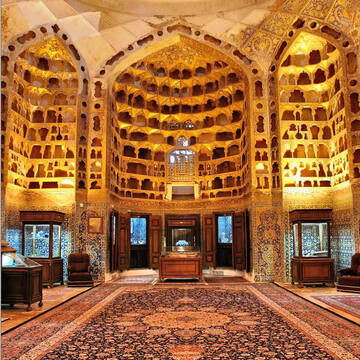
In the northeast part of Iran, The Sheikh Safi al‑din Khānegāh and Shrine Ensemble in Ardabil plays, role as a prototype of religious-social complexes.
- The site was conceived as a microcosmic city—housing more than a mausoleum and mosque, but also a library, school, hospital, cistern, baths, kitchens, bakery, shops, and offices.
- Visitors follow seven segments reflecting Sufi spiritual stages, passing through eight gates representing Sufi virtues.
- Interiors showcase exquisite mosaic tilework, stucco muqarnas, precious wood and silver doors, calligraphy by major Safavid artists, and a renowned Porcelain House store of Chinese ceramics.
Soltaniyeh
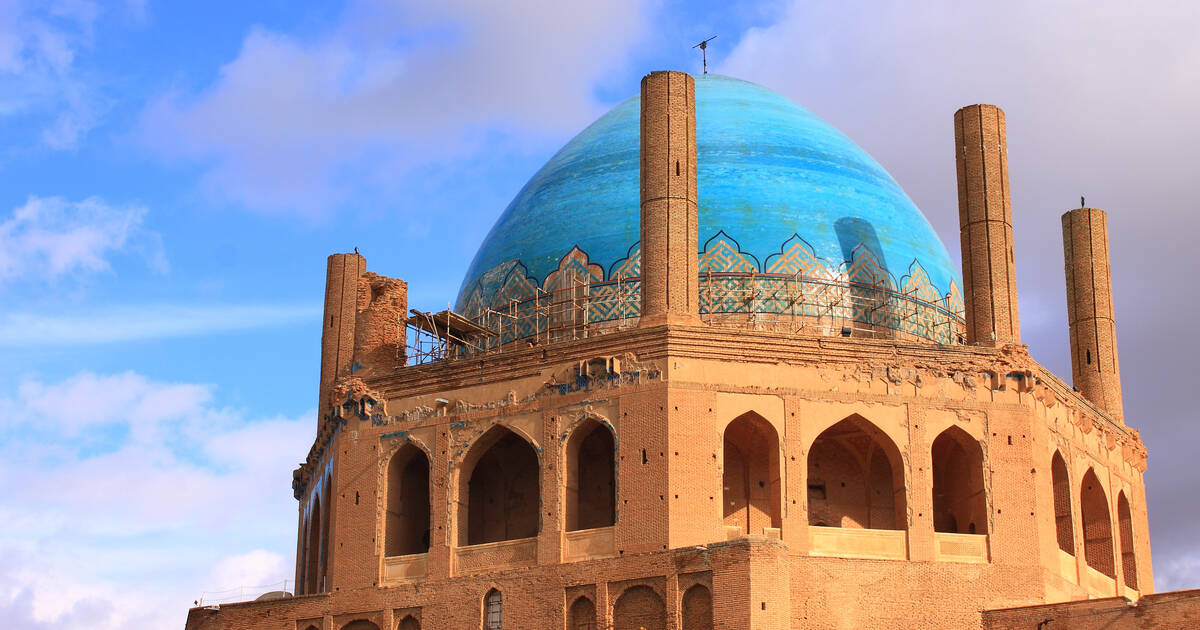
Soltaniyeh, located in northwestern Iran’s Zanjan Province, was inscribed as a UNESCO World Heritage Site in 2005.
- Its centerpiece is the Mausoleum of Oljaytu, also known as the Dome of Soltaniyeh, the stunning crown of Ilkhanid-era Iran.
- The mausoleum features an octagonal plan topped by a double-shelled brick dome as the earliest surviving example in Iran.
- This enabled unprecedented height and inspired later domes from Azerbaijan to Renaissance Europe.
- Its grand scale, structural ingenuity, exquisite tile, stucco, and fresco decorations make it an architectural masterpiece and a bridge from Seljuk to Timurid aesthetics.
- It’s an architectural symphony combining engineering genius, imperial ambition, and cultural fusion. Its UNESCO recognition celebrates not just its stunning dome but its enduring legacy on urbanism, dynastic history, and global architectural dialogue.
Khorramabad Valley
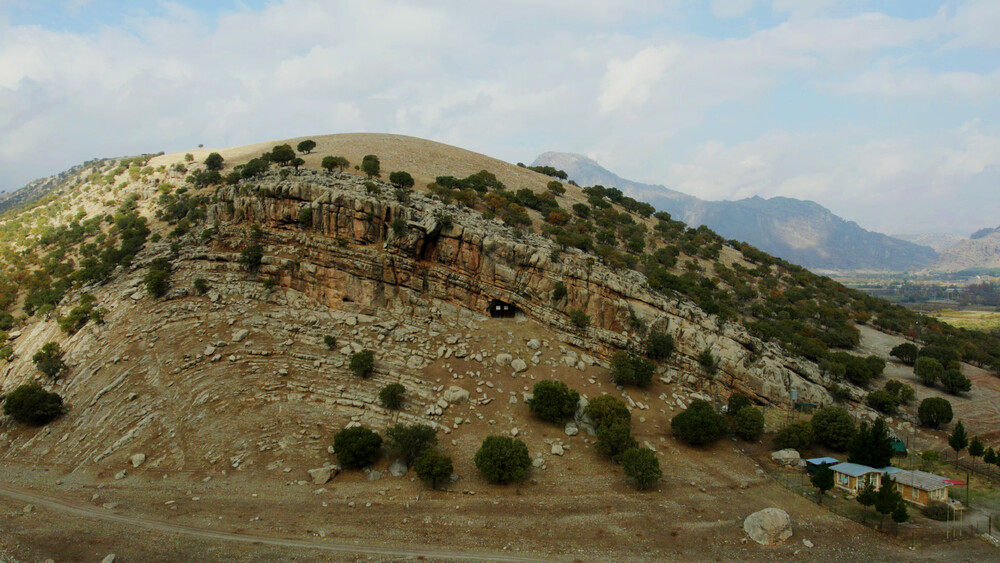
In western Iran, the Prehistoric Sites of the Khorramabad Valley have been inscribed as Iran’s 29th UNESCO World Heritage Site, marking the nation’s first-ever Paleolithic designation.
- Archaeological evidence traces continuous human occupation here from at least 63,000 years ago.
- Situated along a crucial route, the valley connects Mesopotamia to the Iranian plateau.
- It offers key insights into early human migration out of Africa.
- Located in Lorestan’s rugged Zagros Mountains around Khorramabad, it’s less touristed and offers a more authentic, immersive experience.
Conclusion
Iran’s World Heritage Sites provide an enthralling visual tour of the nation’s extensive history, architectural marvels, and scenic beauty. From the imposing Persepolis ruins to the energetic bazaars of Tabriz, each location offers a distinctive window into Iran’s cultural heritage. These locations serve as a reminder of the accomplishments and ongoing influence of the nation’s ancient civilizations. Our grasp of Iran’s rich and interesting history is deepened as a result of visiting its UNESCO World Heritage Sites, which are not only a visual treat but also take us on a trip through time.


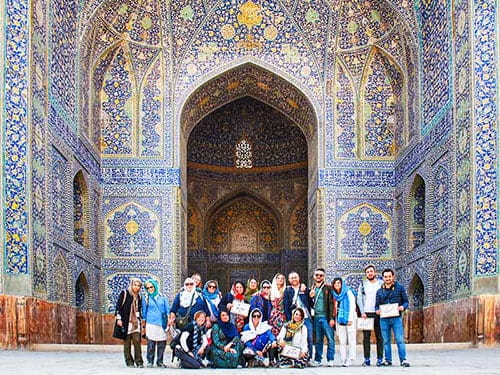

Comment (0)